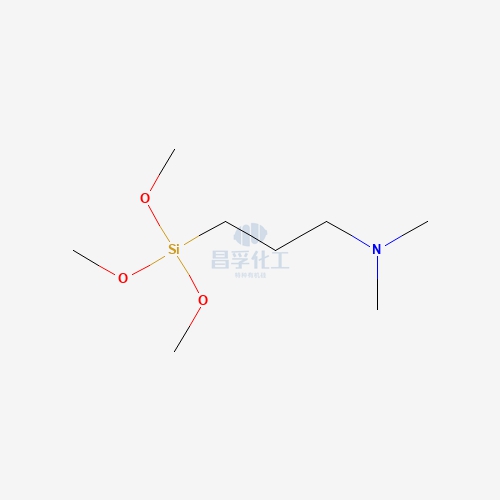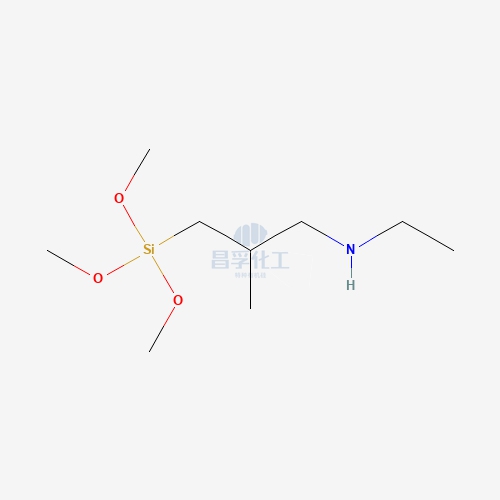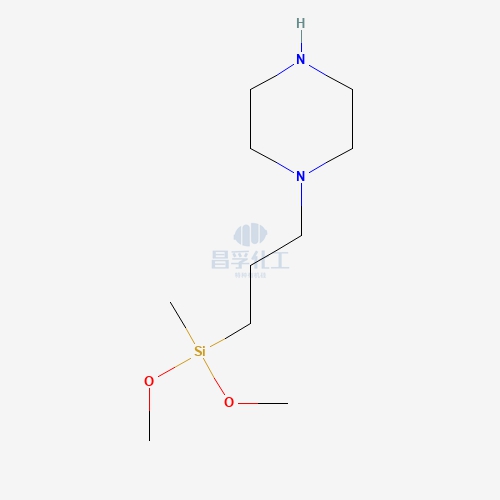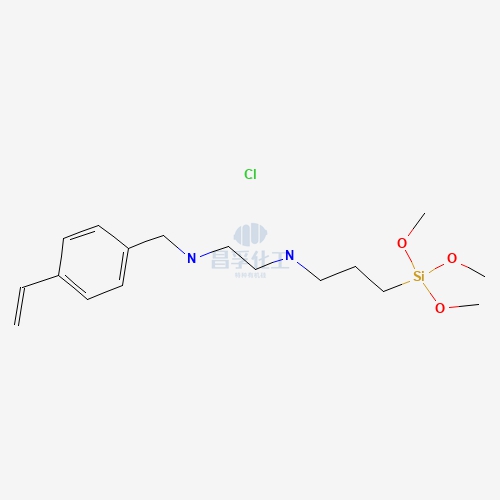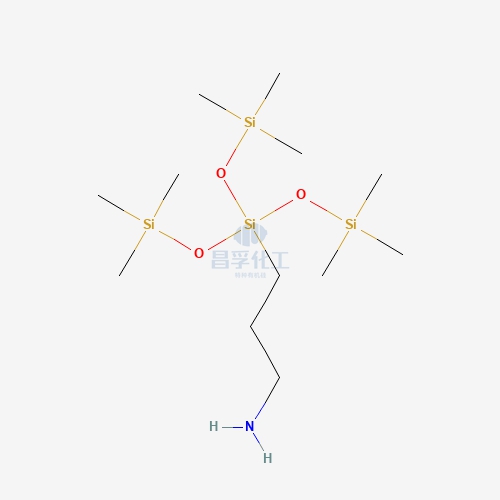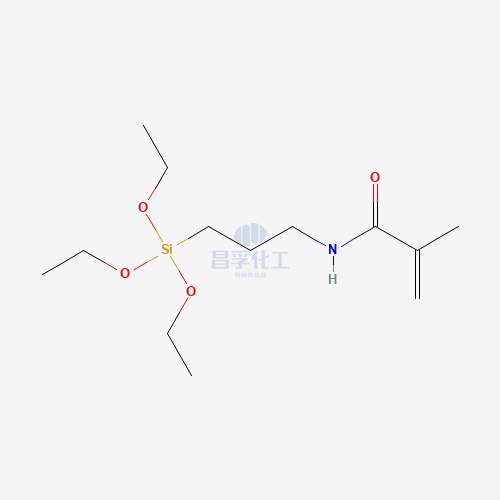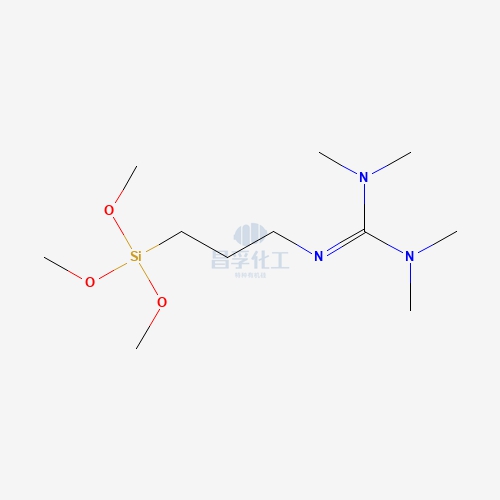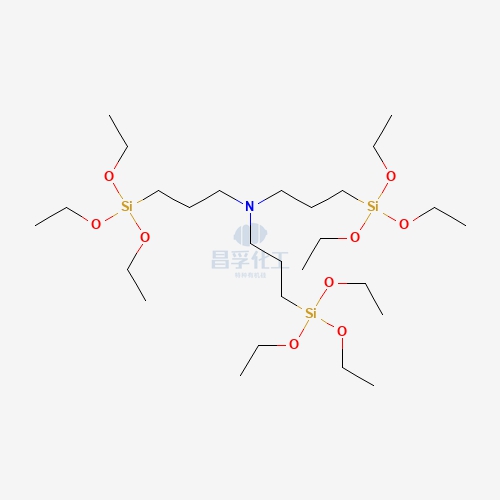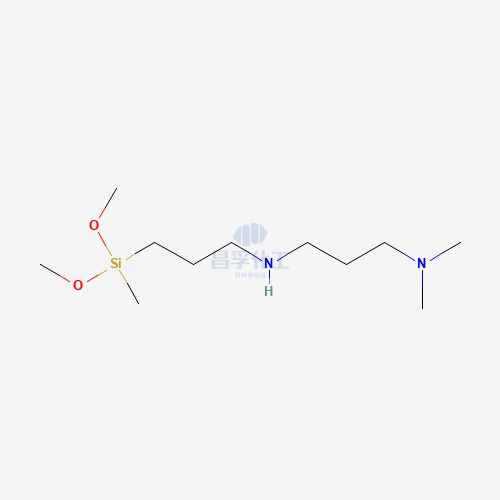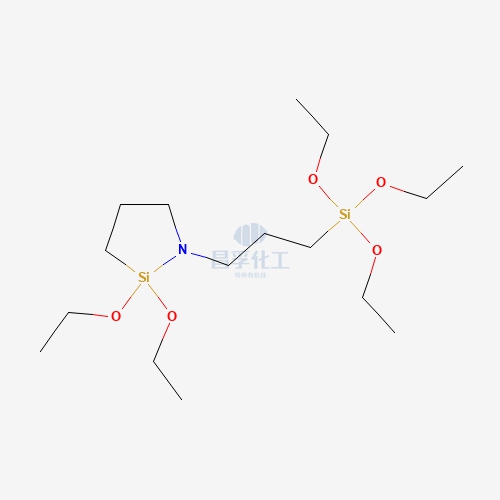
Contact Changfu Chemical Now!
+86 27 8439 6550 | +86 181 6277 0058
Silane Coupling Agent in Dentistry: A Closer Look at Adhesive Technology
In the ever-evolving field of dentistry, the quest for stronger, more durable, and reliable adhesive materials is paramount. One significant advancement in adhesive technology is the incorporation of silane coupling agents. These specialized compounds enhance the bond between different materials, ensuring effective and long-lasting dental restorations. This blog delves into the science behind silane coupling agent in dentistry, exploring their mechanisms, applications, and the future of adhesive technology.
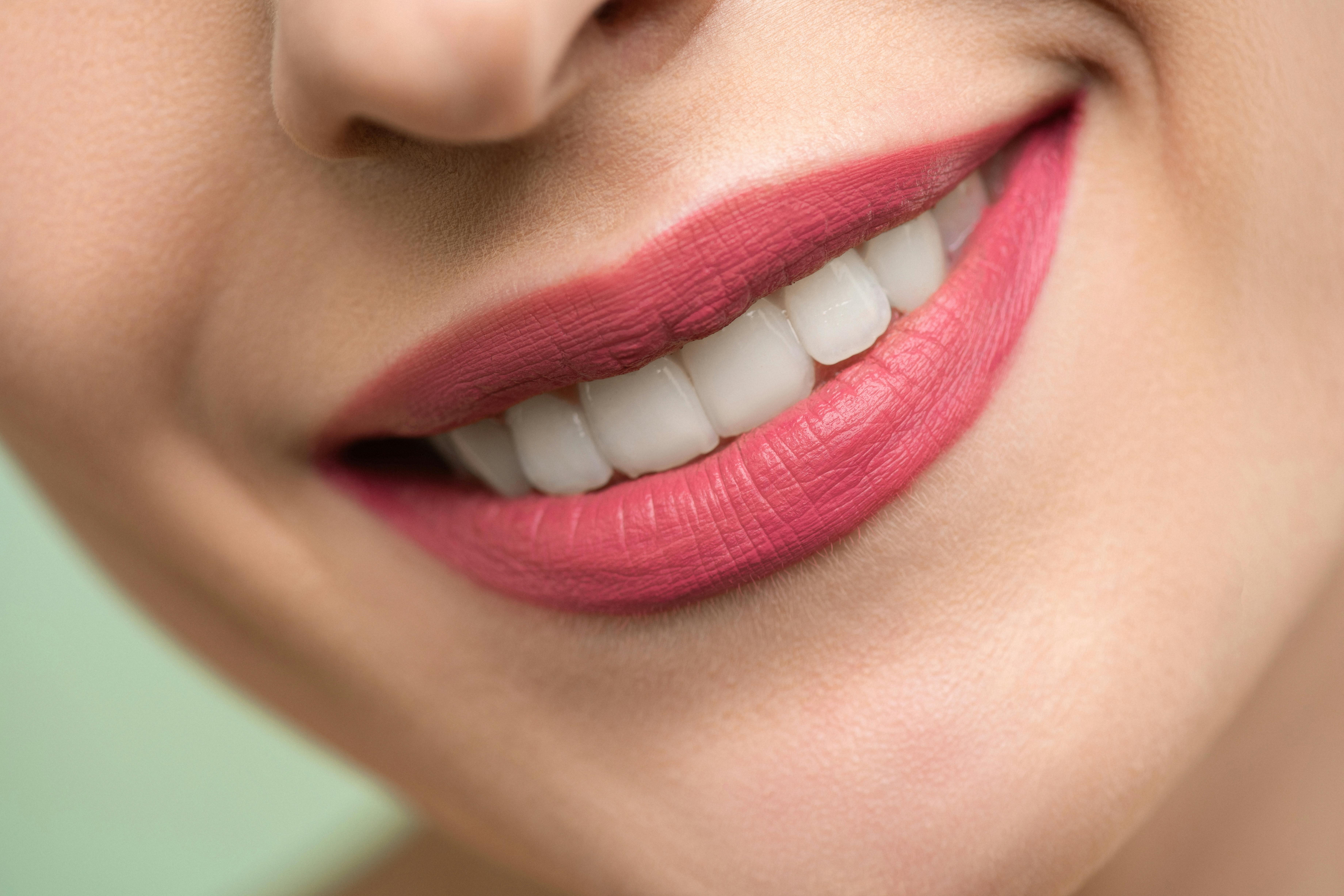
Understanding Silane Coupling Agents
What Are Silane Coupling Agents?
Silane coupling agents are organosilicon compounds that contain one or more functional groups. Their primary role is to improve the adhesion between inorganic materials, such as ceramics or metals, and organic polymers. Silanes achieve this by forming a chemical bridge between the two materials, enhancing compatibility and promoting stronger bonds.
Chemical Structure and Mechanism
The typical structure of a silane coupling agent consists of a silicon atom bonded to several organic groups and hydrolyzable functional groups, such as alkoxides. When a silane coupling agent is applied to a surface, it undergoes hydrolysis, resulting in silanol groups that can react with hydroxyl groups on the substrate surface. This reaction forms a covalent bond, effectively "coupling" the two materials.
Silane Coupling Agent Uses
Silane coupling agents have become indispensable in modern dentistry, thanks to their versatility and effectiveness in enhancing adhesion between various materials. One of the primary silane coupling agent uses in dentistry is in composite resin applications. These agents significantly improve the bond strength between composite materials and tooth structures, such as enamel and dentin. By forming a chemical bond, silane coupling agents ensure that restorations remain securely in place, thereby reducing the risk of failure over time. This enhanced adhesion is particularly crucial for high-stress areas in the mouth, where traditional adhesives might not hold up as well.
Another significant silane coupling agent use is found in the bonding of ceramics and porcelain restorations. As aesthetics play an essential role in dental procedures, the ability to achieve a seamless bond between these materials and the underlying tooth structure is paramount. Silane coupling agents facilitate this bond, ensuring a strong and durable interface that can withstand the forces of chewing while maintaining the natural appearance of the restoration. This use of silane agents helps dental professionals provide patients with long-lasting, aesthetically pleasing results.
Additionally, silane coupling agent uses extend to glass ionomer cements, which are often used in restorative dentistry due to their chemical bonding properties. These cements can benefit from the incorporation of silane coupling agents, which enhance their adhesion to both the tooth surface and restorative materials. This improvement in bonding strength is vital for the longevity of dental restorations, particularly in cases where moisture exposure is a concern. By using silane coupling agents, dental practitioners can ensure that their restorative materials perform optimally, resulting in better patient outcomes.
Moreover, in the realm of digital dentistry, the applications of silane coupling agents continue to expand. With the advent of computer-aided design and manufacturing (CAD/CAM) technologies, new silane coupling agent uses are emerging as dental materials evolve. Silanes can be tailored to improve the bonding of CAD/CAM materials to various substrates, further enhancing the versatility of these advanced restorative options. As the field progresses, the incorporation of silane coupling agents will likely play a pivotal role in ensuring that new materials meet the demanding standards of adhesion and durability required in modern dental practice.
The Role of Silane Coupling Agent in Dentistry
Enhancing Adhesion in Dental Restorations
One of the primary silane coupling agent uses in dentistry is to enhance adhesion between dental materials. Dental composites, adhesives, and bonding agents often require strong adhesion to tooth structures, such as enamel and dentin. Silane coupling agents improve this bond strength, leading to better clinical outcomes and longevity of restorations.
Applications in Dental Materials
Composite Resins: Silane coupling agents are widely used in composite resins to promote adhesion to tooth structures and improve the mechanical properties of the material.
Ceramic and Porcelain Restorations: In ceramic dentistry, silane coupling agents facilitate the bonding of porcelain to resin materials, ensuring a durable and aesthetically pleasing result.
Glass Ionomer Cements: These cements can also benefit from silane coupling agents, which enhance the bond between the cement and tooth structure, providing better retention.
Improving Water Resistance
Dental materials are often exposed to moisture, which can compromise adhesion. Silane coupling agents enhance the water resistance of dental adhesives, reducing the risk of bond degradation over time. This characteristic is particularly important for long-term restorations.
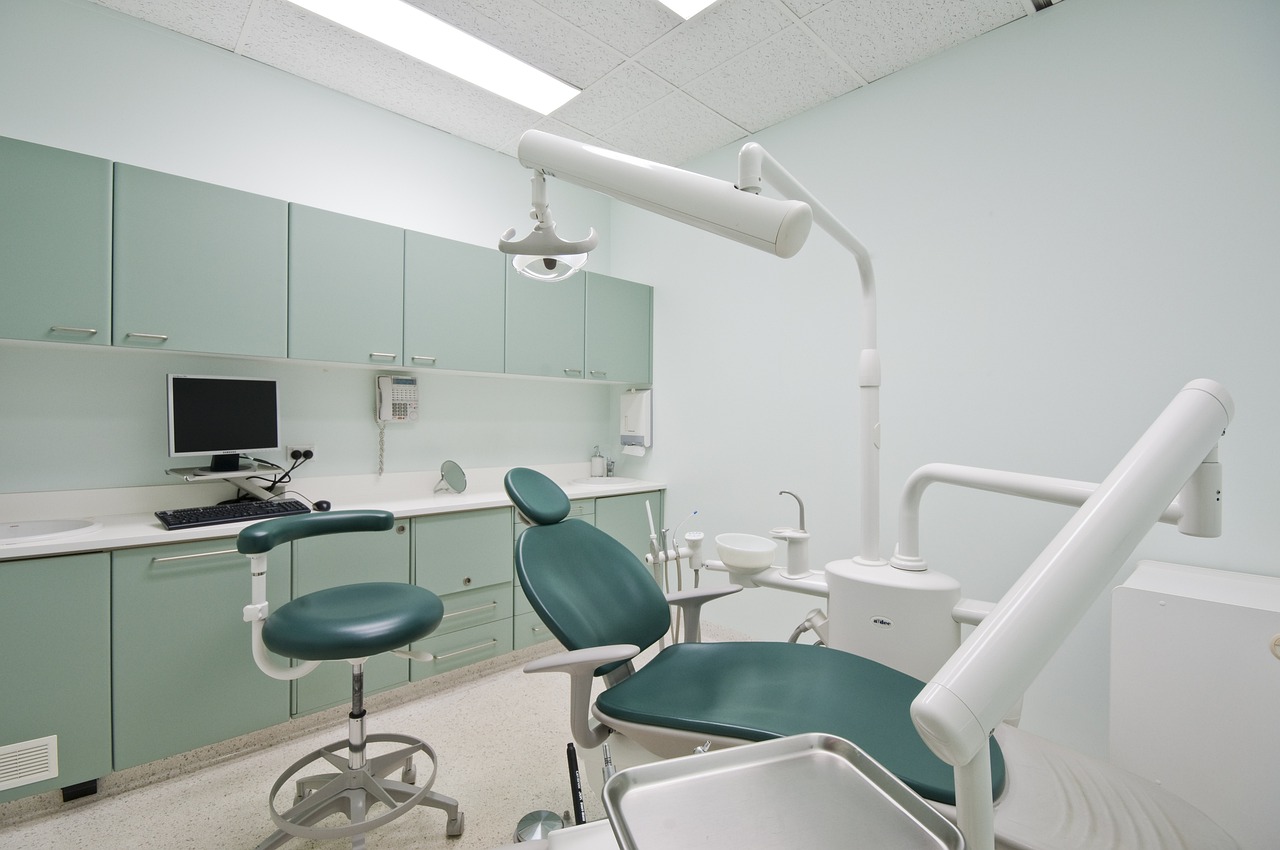
Benefits of Silane Coupling Agent in Dentistry
Increased Bond Strength
The use of silane coupling agents has been shown to significantly increase the bond strength between dental materials. This improvement is critical for the longevity of restorations, as stronger bonds are less likely to fail under functional stress.
Enhanced Durability
Restorative materials that incorporate silane coupling agents tend to have improved durability. The enhanced bond strength and water resistance contribute to the longevity of dental treatments, ultimately benefiting both patients and practitioners.
Versatility in Applications
Silane coupling agents can be tailored to specific materials and clinical scenarios, making them versatile tools in the dentist's arsenal. Their ability to bond various substrates allows for a wide range of applications, from direct restorations to indirect restorations and prosthetics.
Challenges and Considerations
Compatibility with Materials
While silane coupling agents offer numerous benefits, their effectiveness can vary based on the compatibility with specific materials. Dentists must carefully select the appropriate silane for the materials in use to ensure optimal adhesion.
Application Techniques
The success of silane coupling agents also relies on proper application techniques. Insufficient surface preparation or improper curing can lead to inadequate bonding, undermining the advantages offered by silanes.
Regulatory and Safety Aspects
As with any chemical agents used in dentistry, silane coupling agents must meet safety and regulatory standards. Practitioners should be aware of potential allergic reactions or sensitivities among patients.
Future Trends in Adhesive Technology
Innovations in Silane Formulations
Research and development continue to drive innovations in silane formulations. Newer silane coupling agents are being developed to enhance compatibility with a wider range of dental materials, further improving bond strength and durability.
Integration with Digital Dentistry
As digital dentistry gains prominence, the role of silane coupling agents may expand. The integration of digital workflows and materials may necessitate the development of specialized silanes that can effectively bond with CAD/CAM materials.
Biocompatibility and Environmental Considerations
Future research may also focus on the biocompatibility of silane coupling agents, ensuring that they are safe for long-term use in dental applications. Additionally, the development of eco-friendly silane formulations may address environmental concerns related to dental materials.
Conclusion
Silane coupling agents play a crucial role in modern dentistry, enhancing adhesion, improving durability, and broadening the applications of dental materials. Understanding the science behind these agents is essential for dental professionals aiming to provide the best possible care to their patients. As research advances and technology evolves, the future of adhesive technology in dentistry promises exciting developments that will further enhance the quality of dental restorations. Embracing these innovations will not only improve clinical outcomes but also elevate patient satisfaction in dental practices worldwide.
Popular Silicon Compounds
Popular Silicon Compounds
Related News & Blog
Related News & Blog


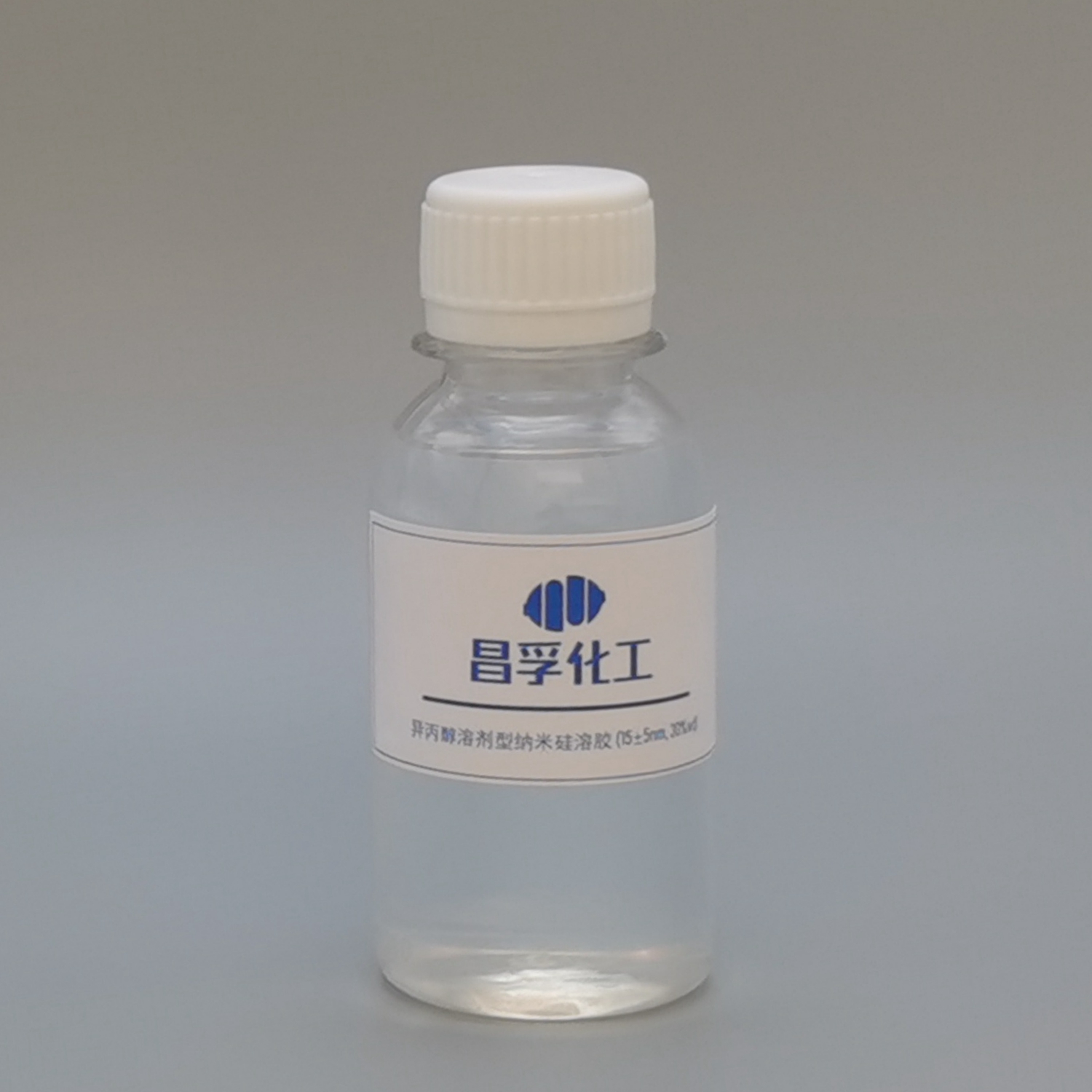
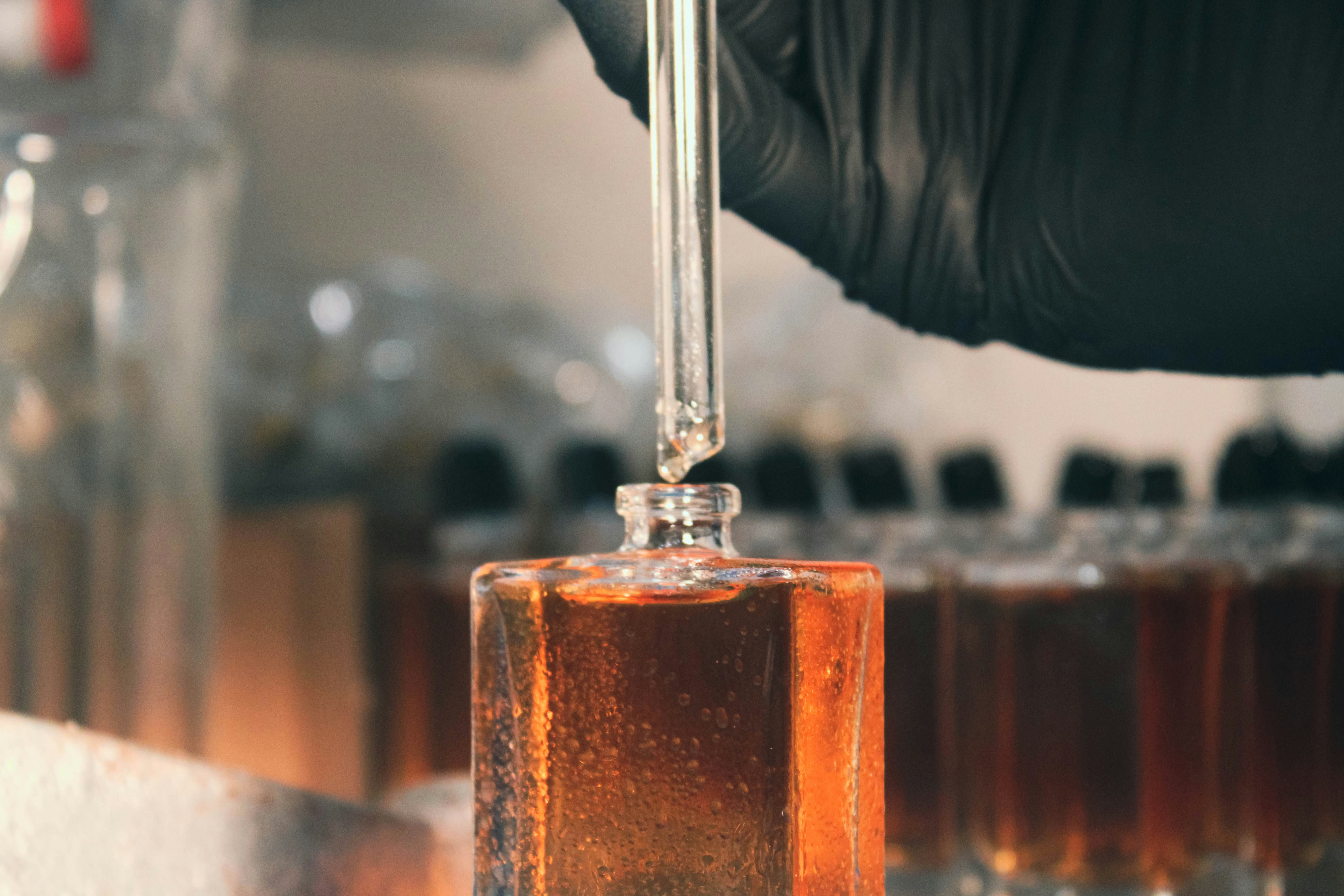
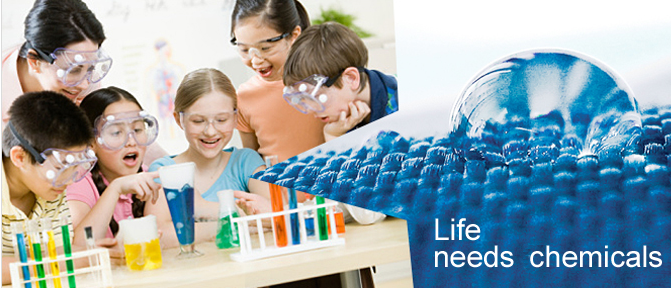
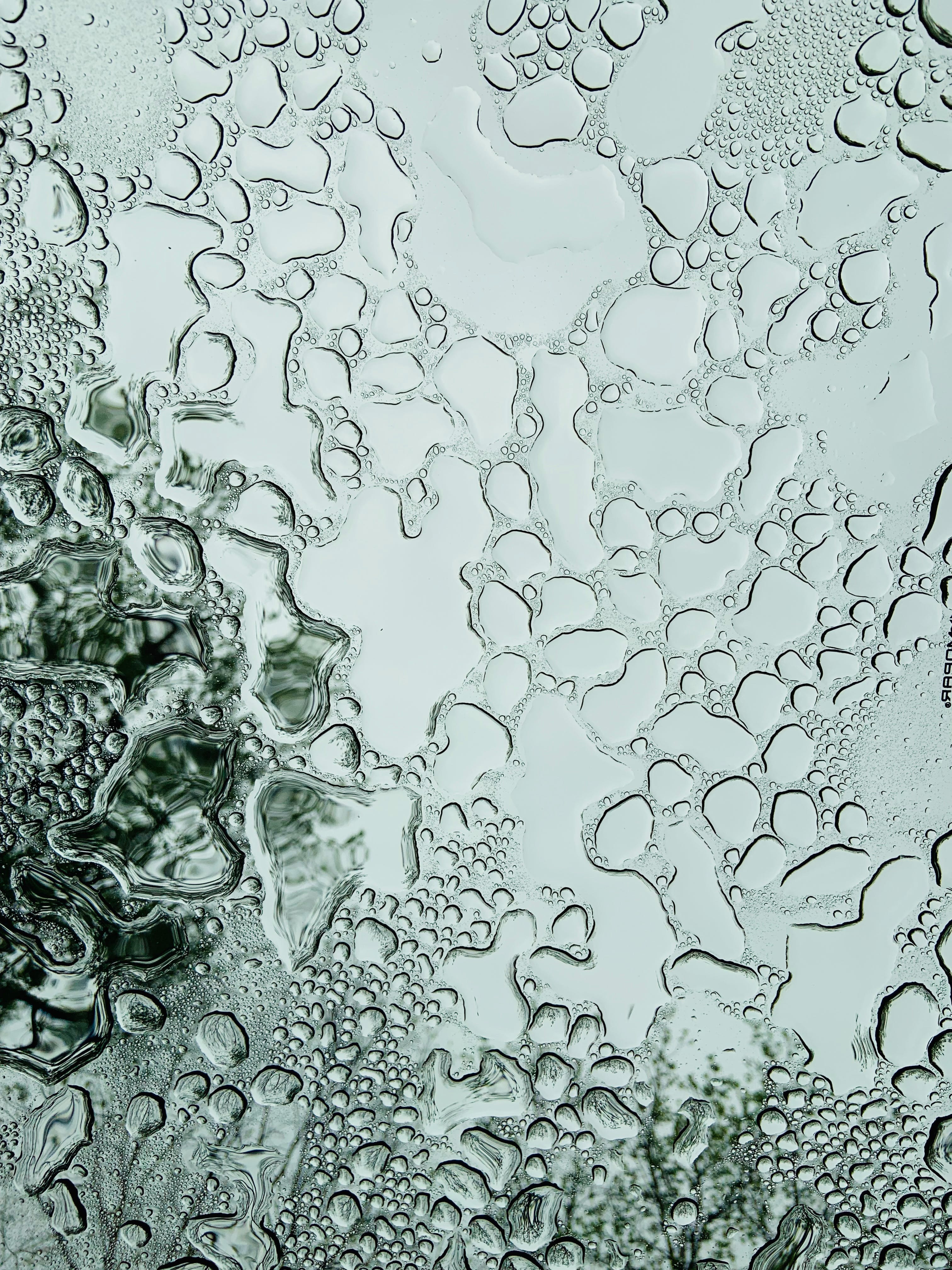




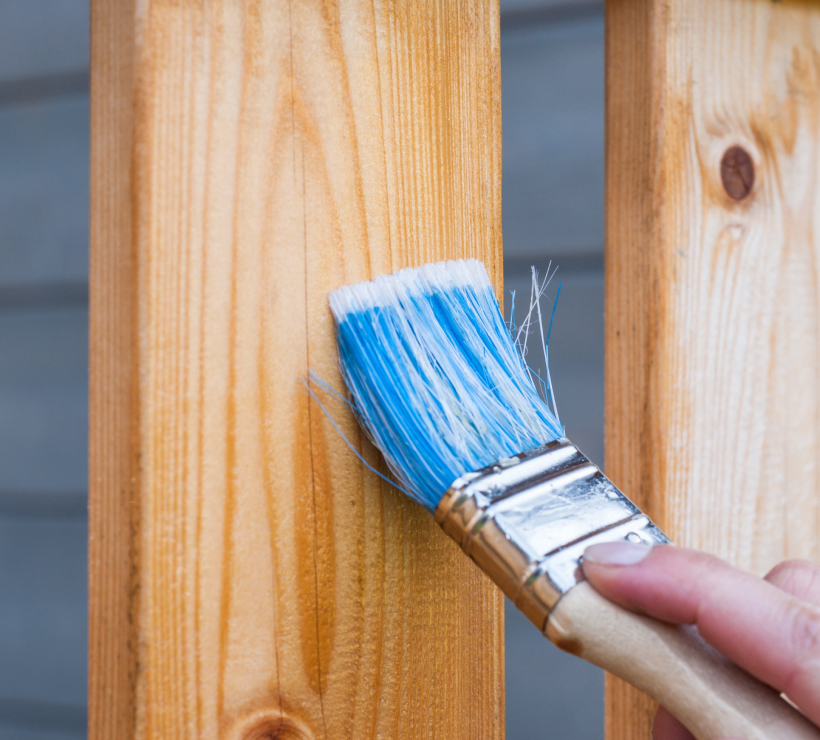
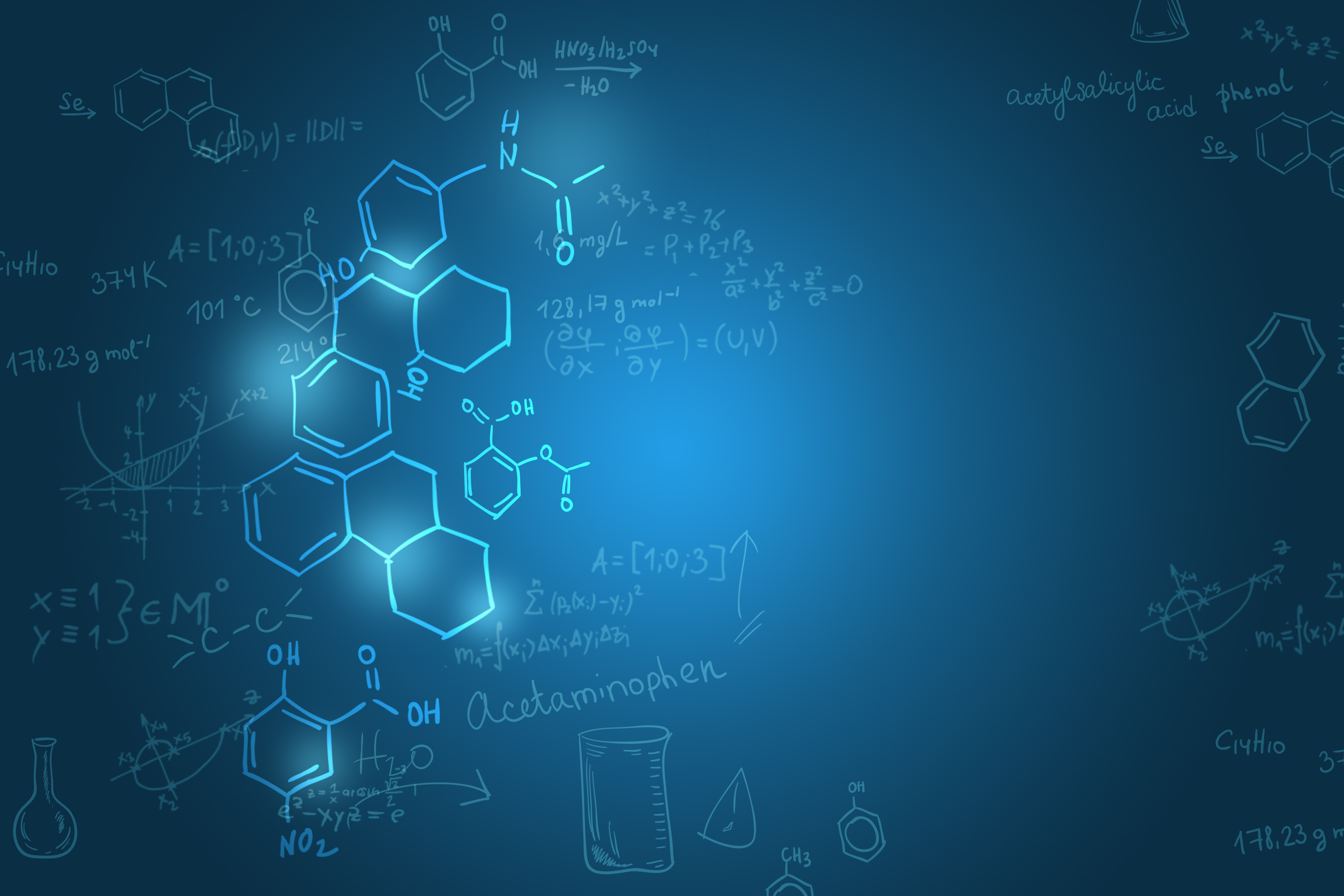
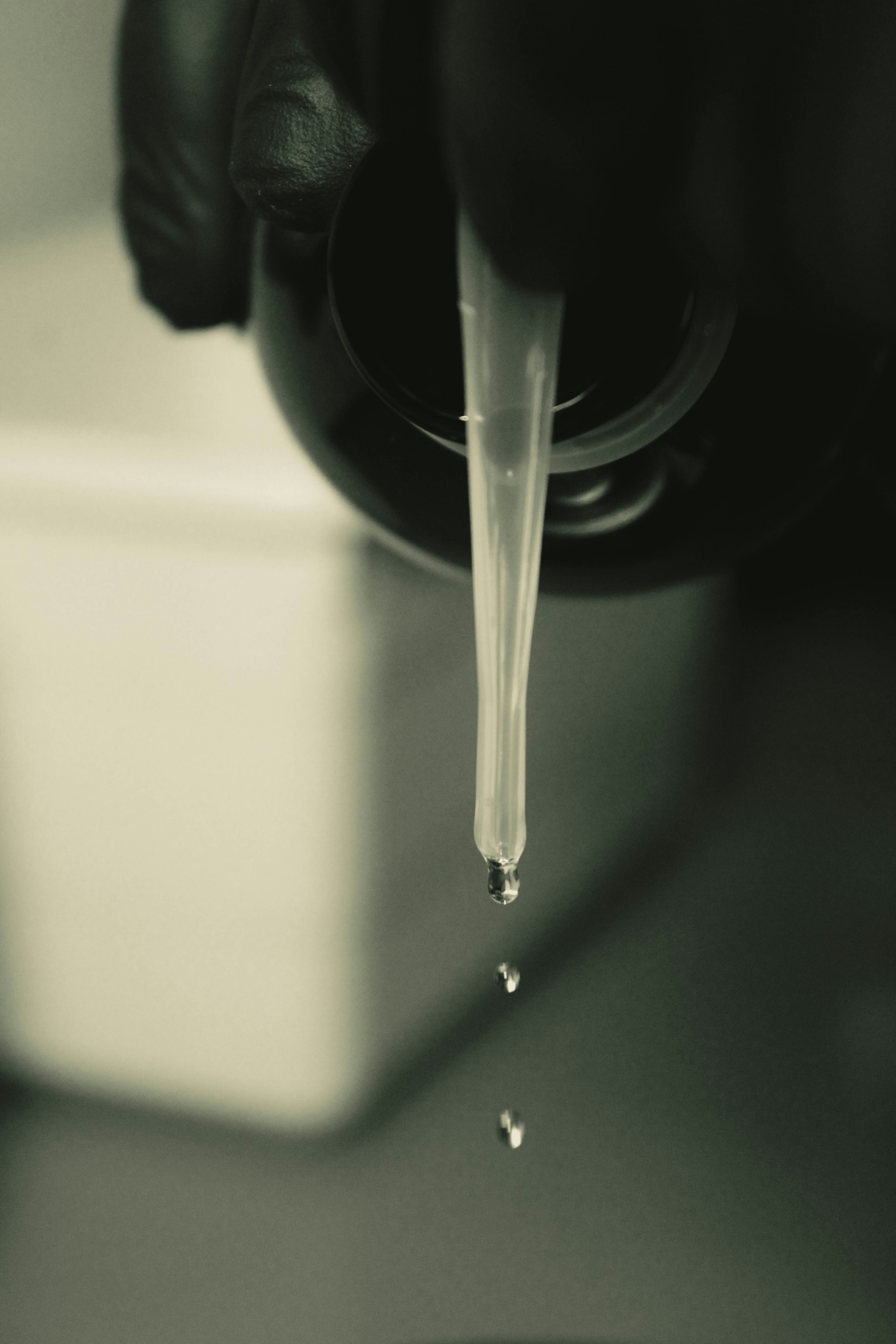
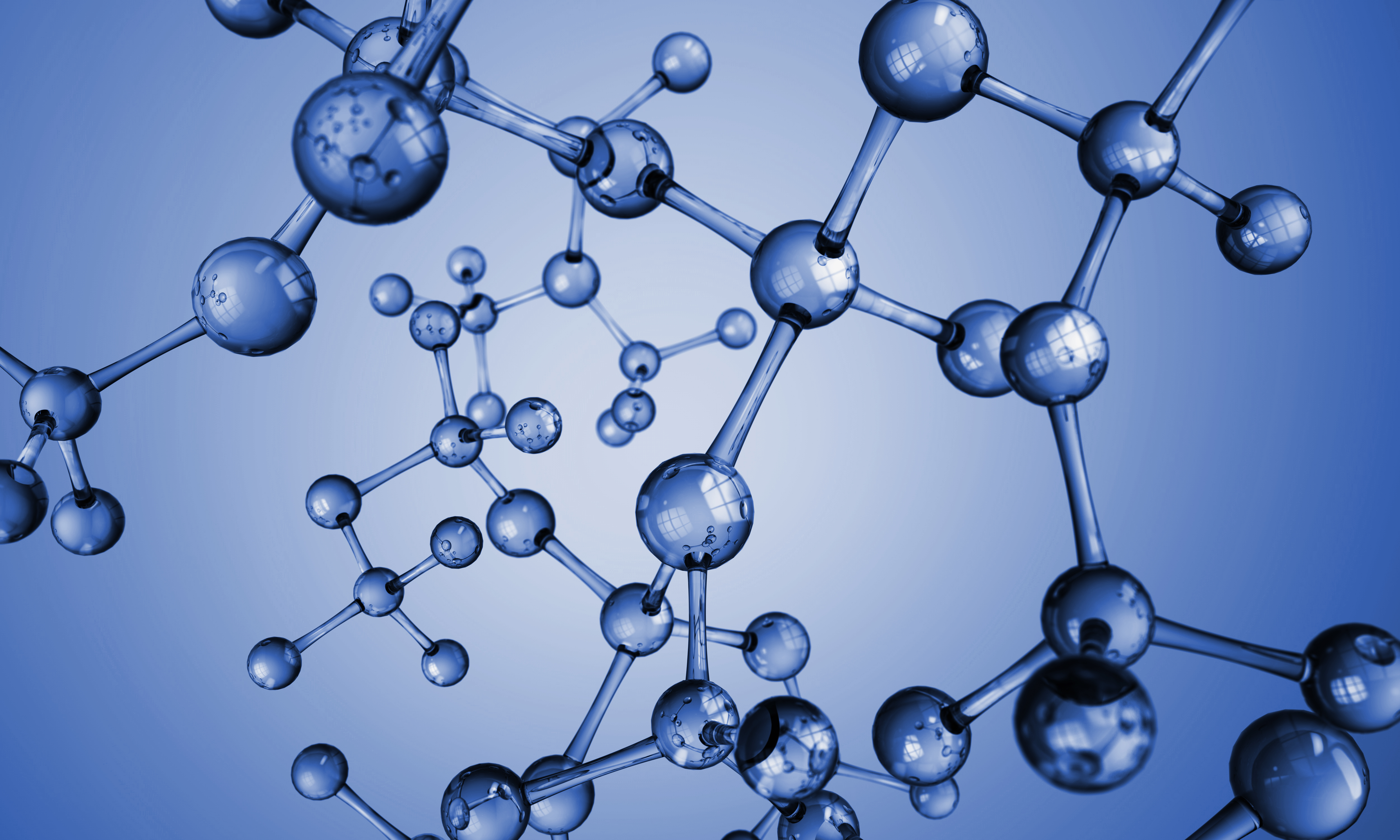










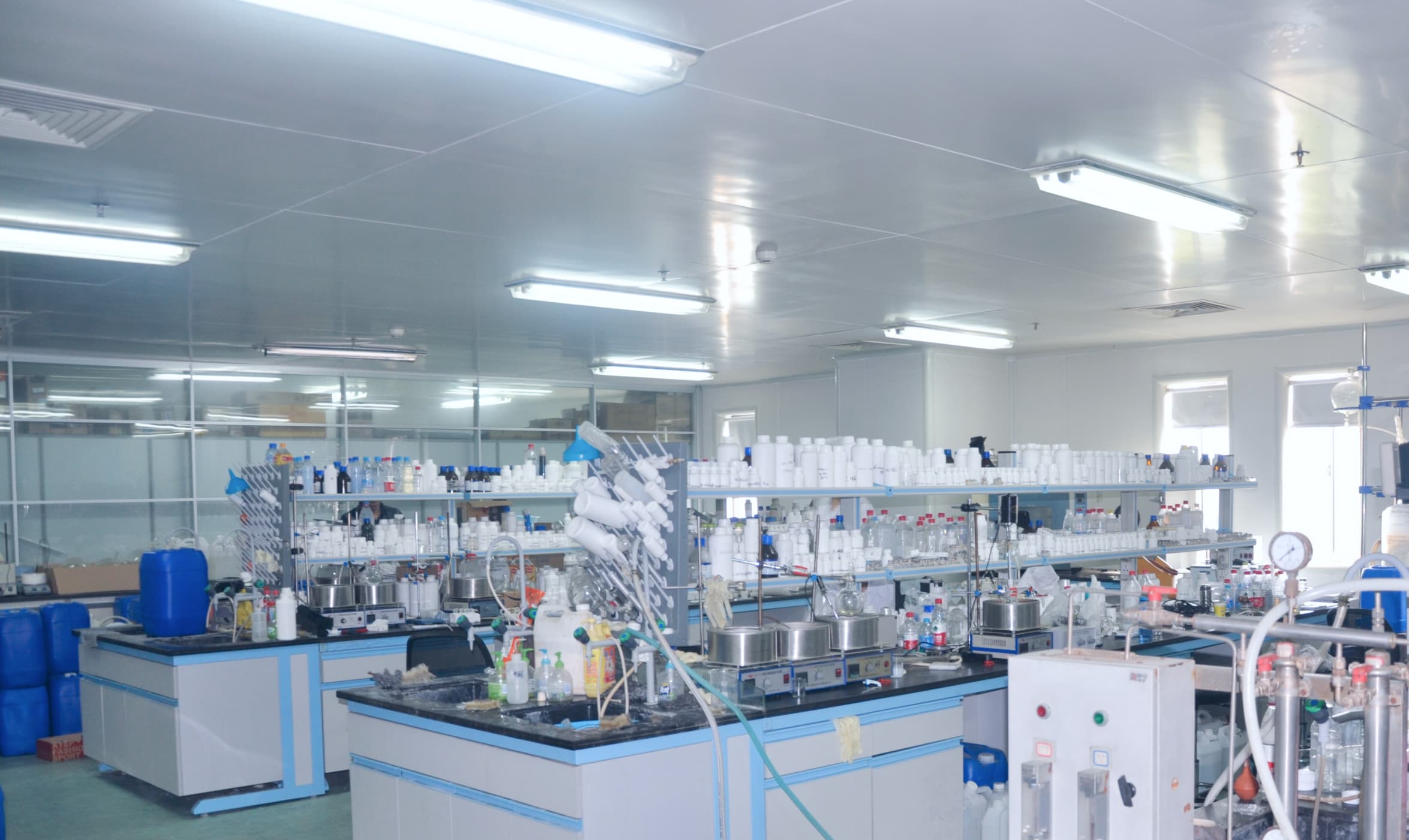

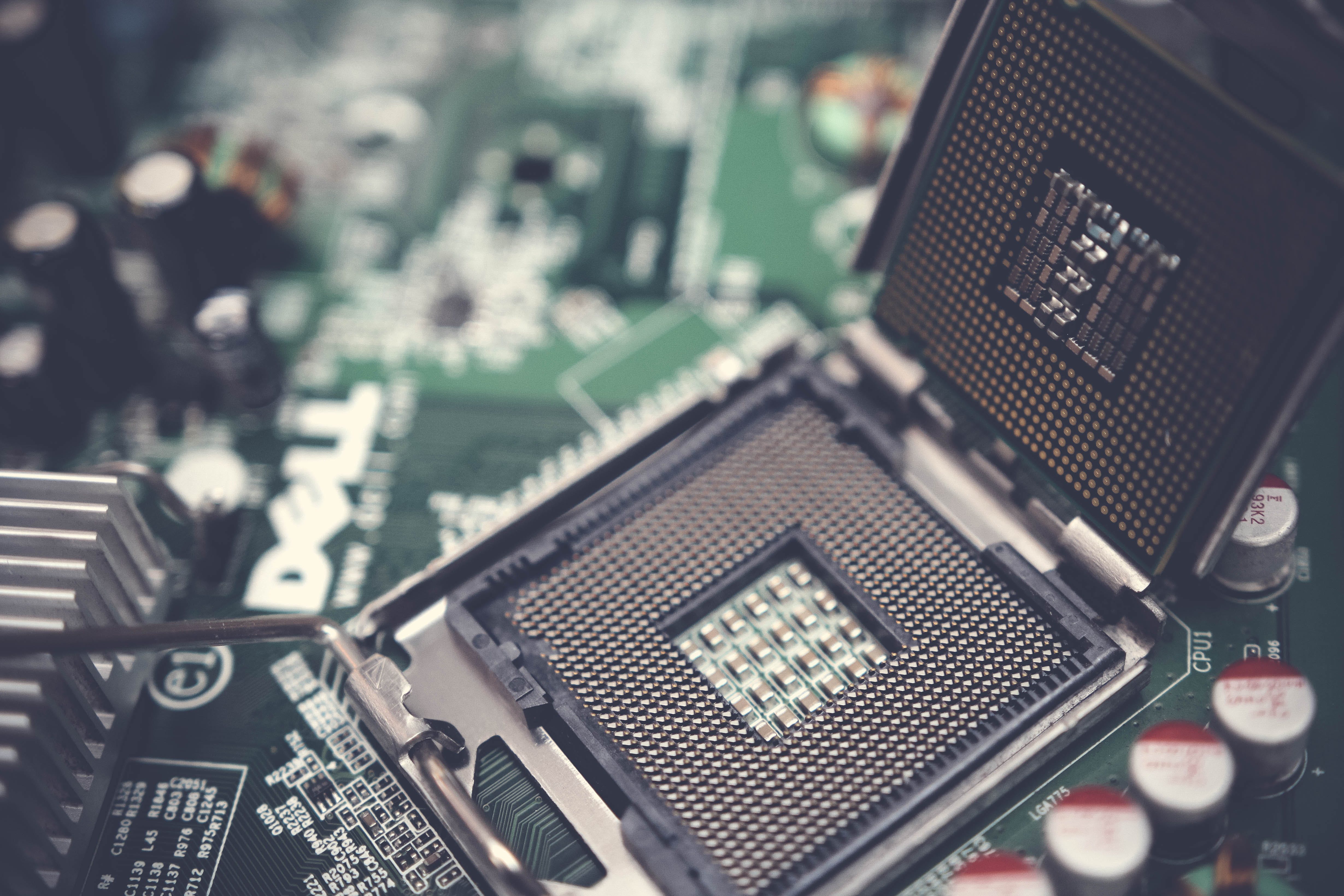
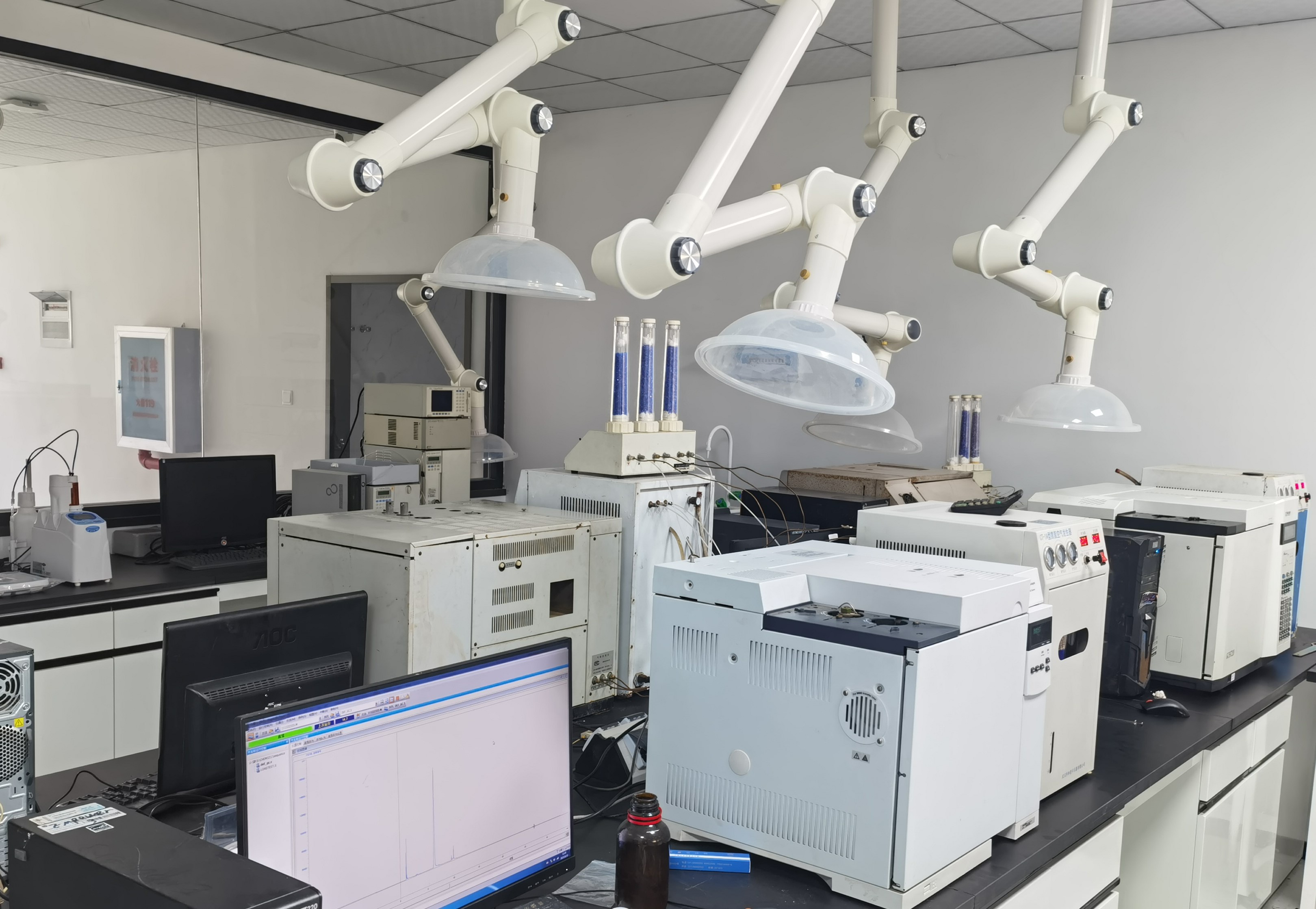
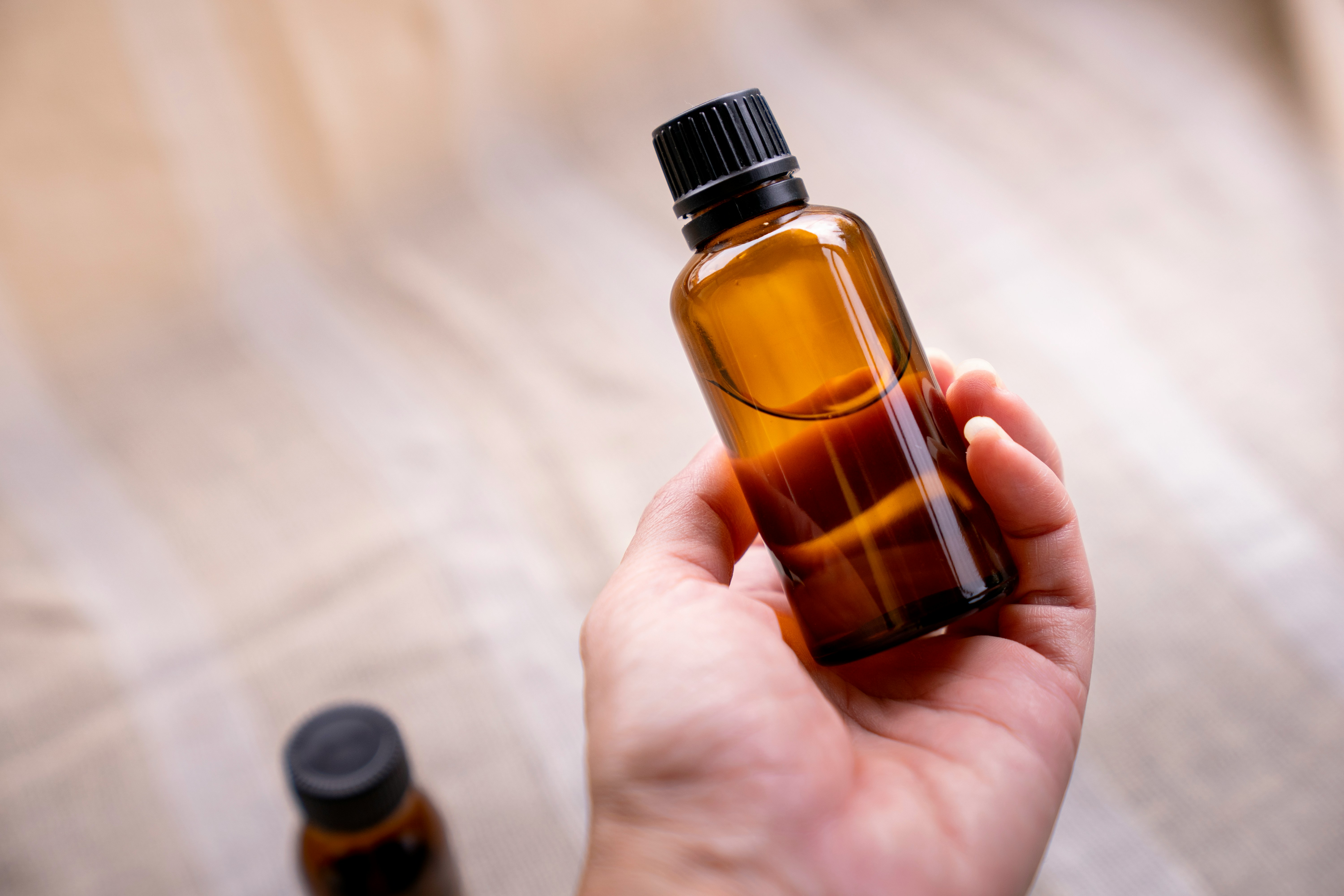
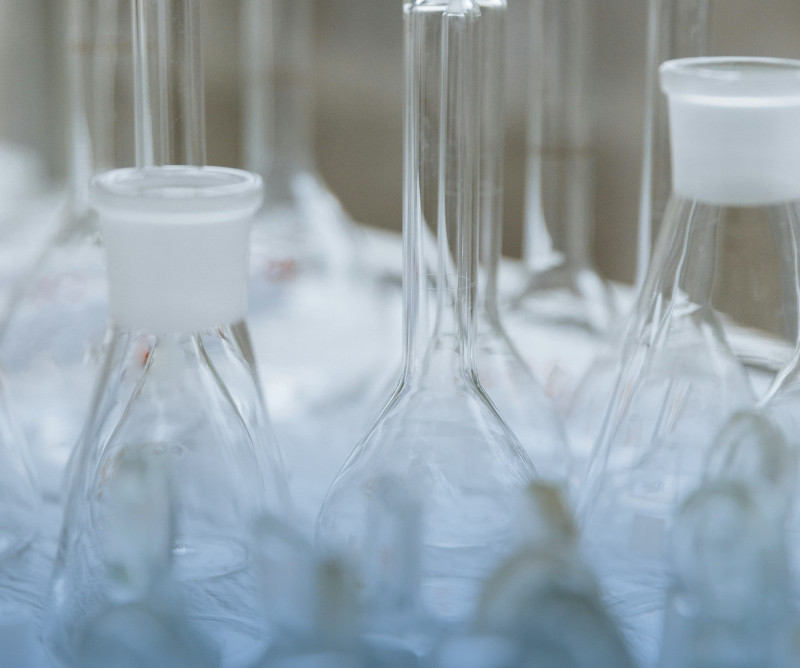

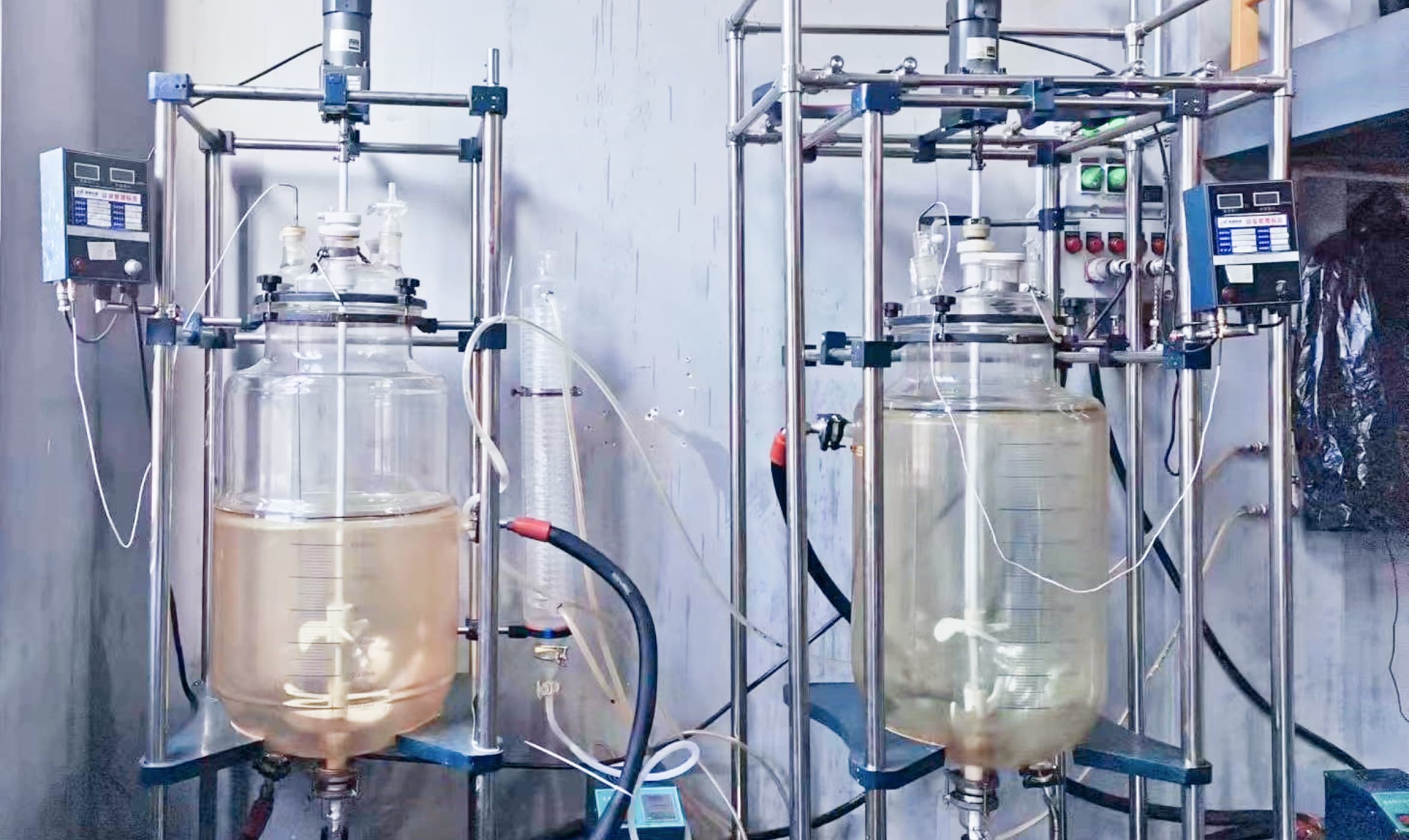
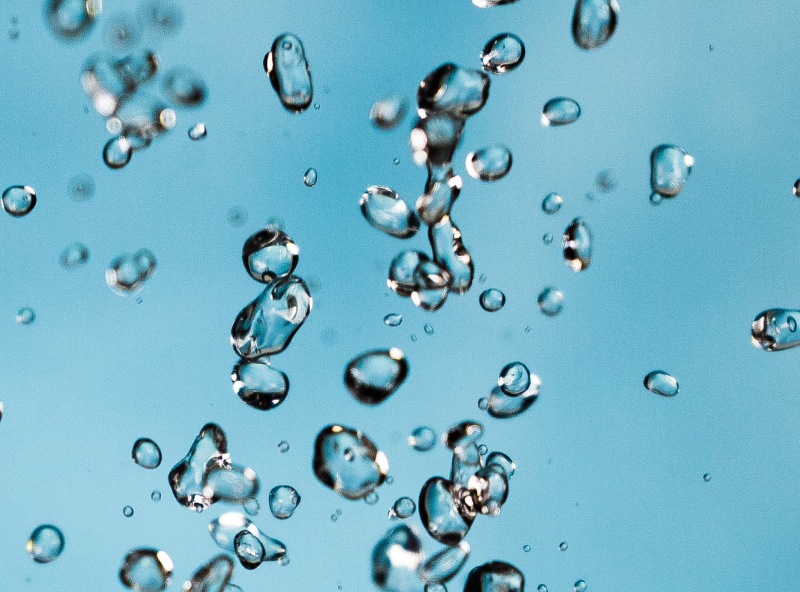
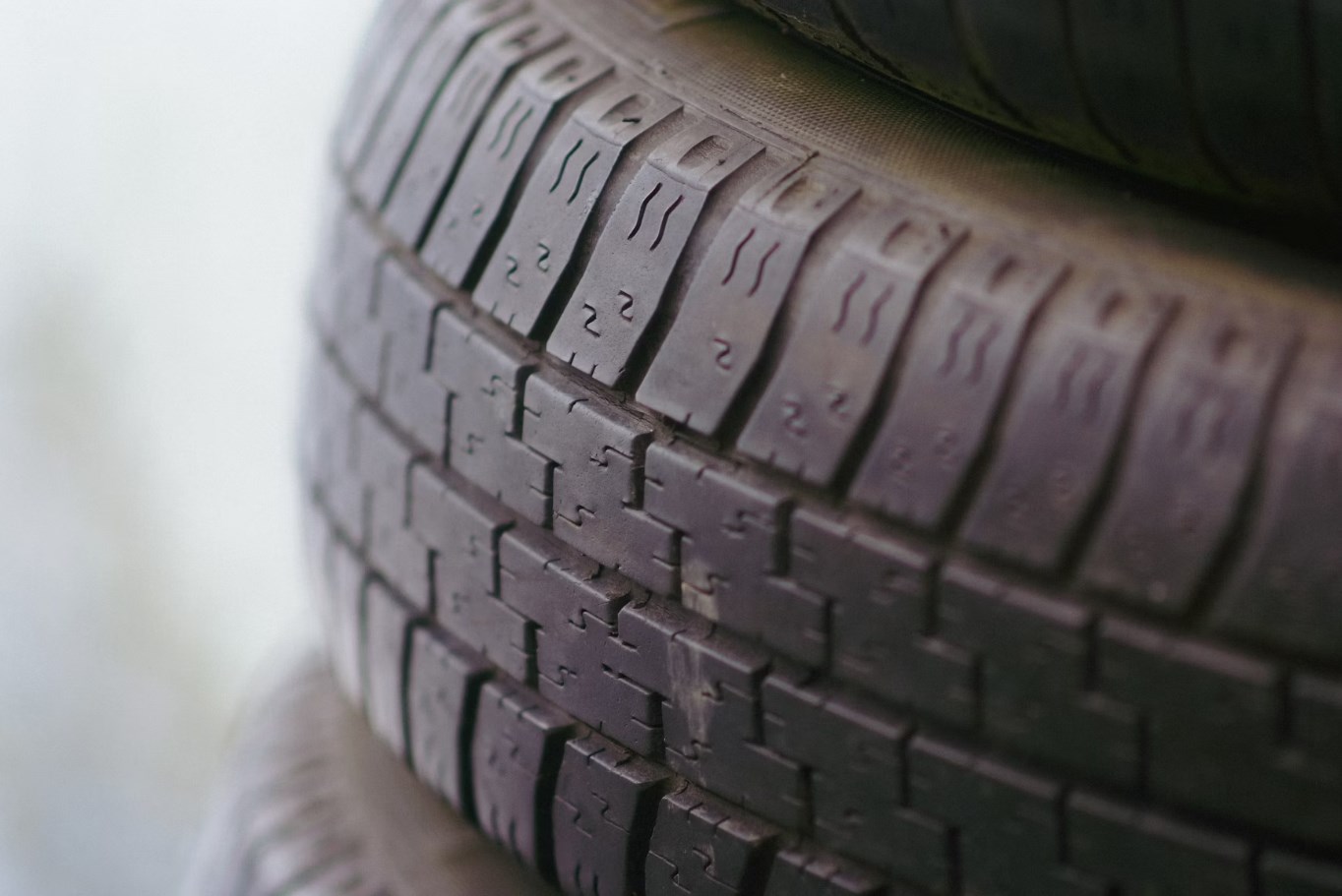

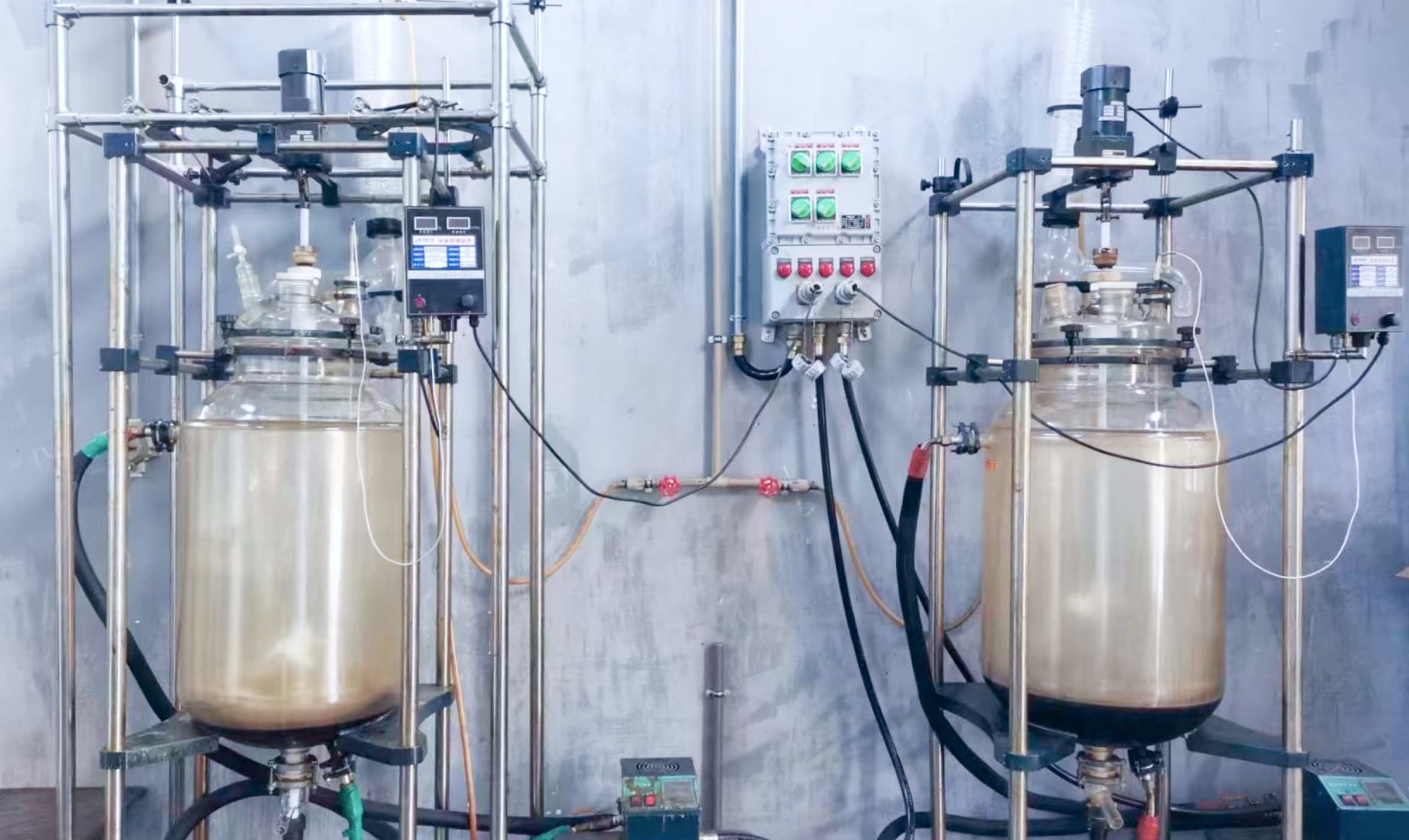
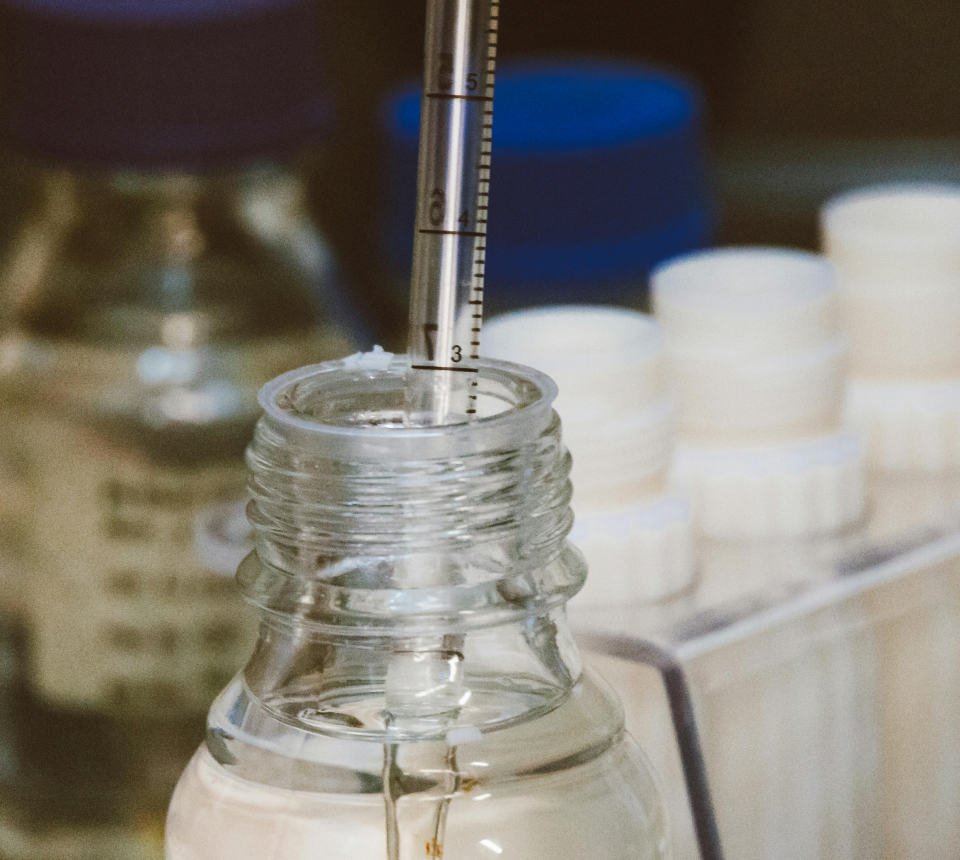
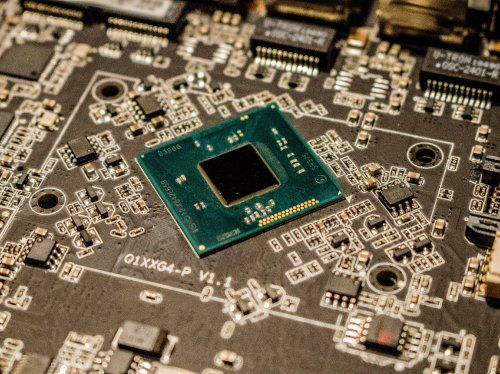

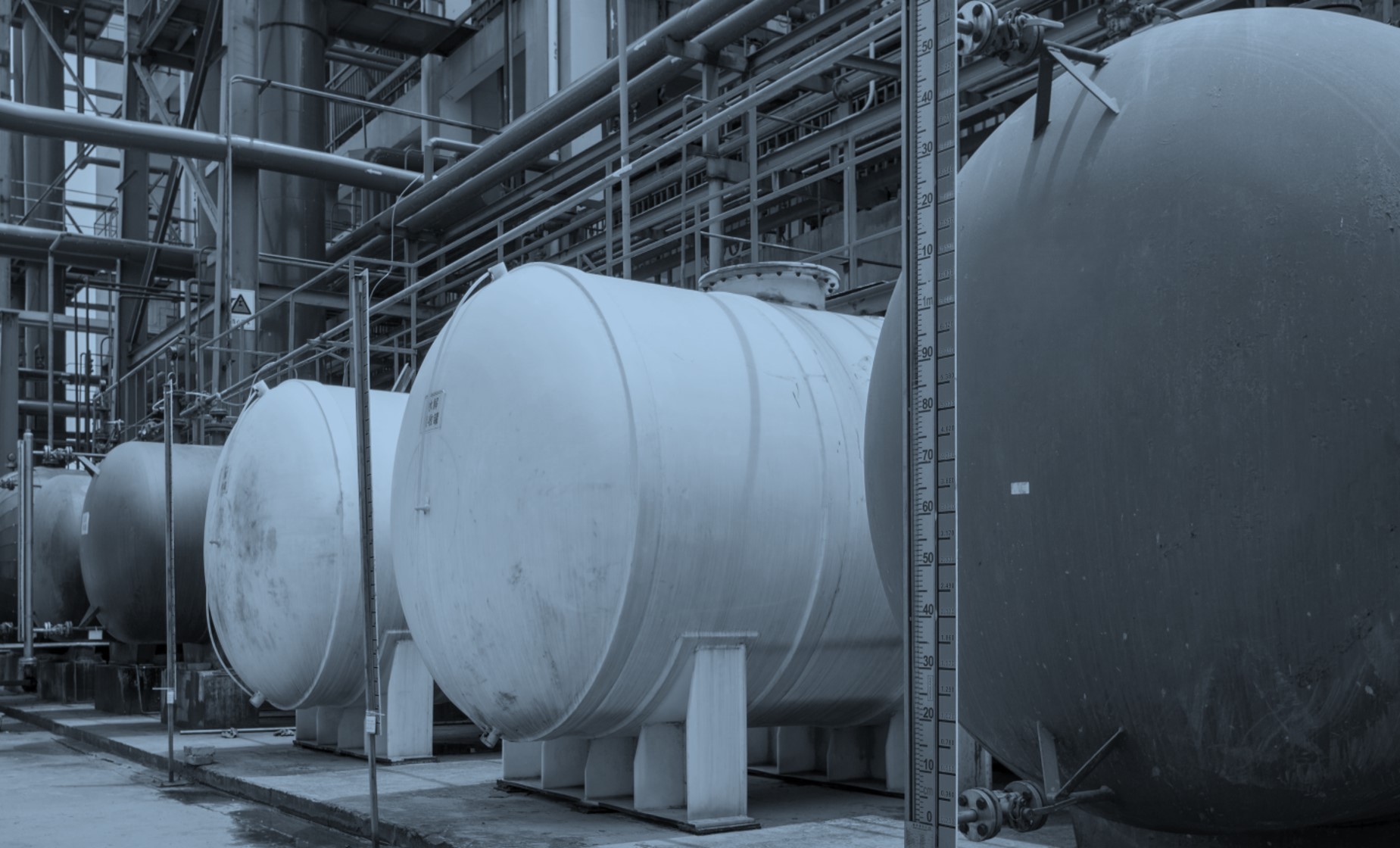


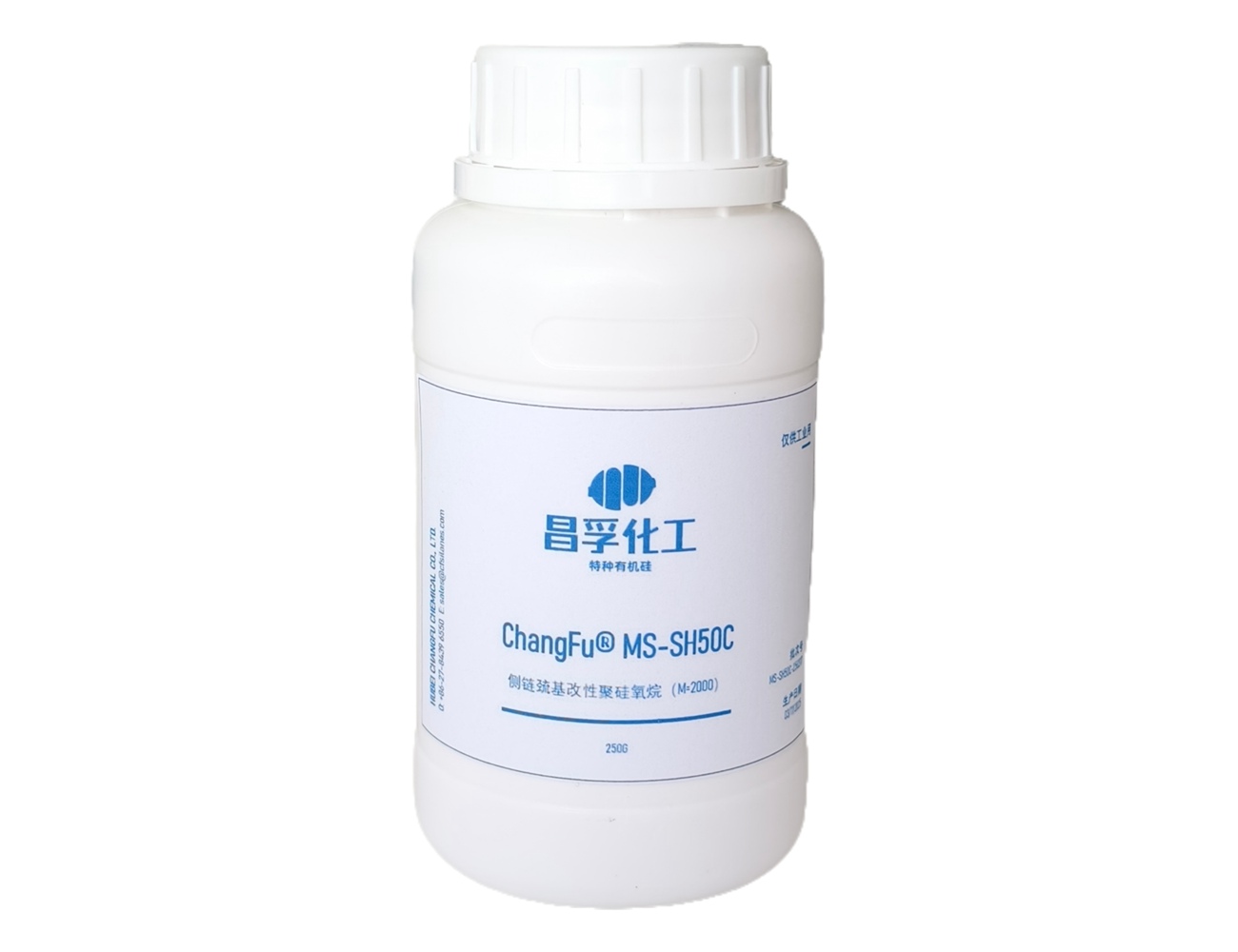


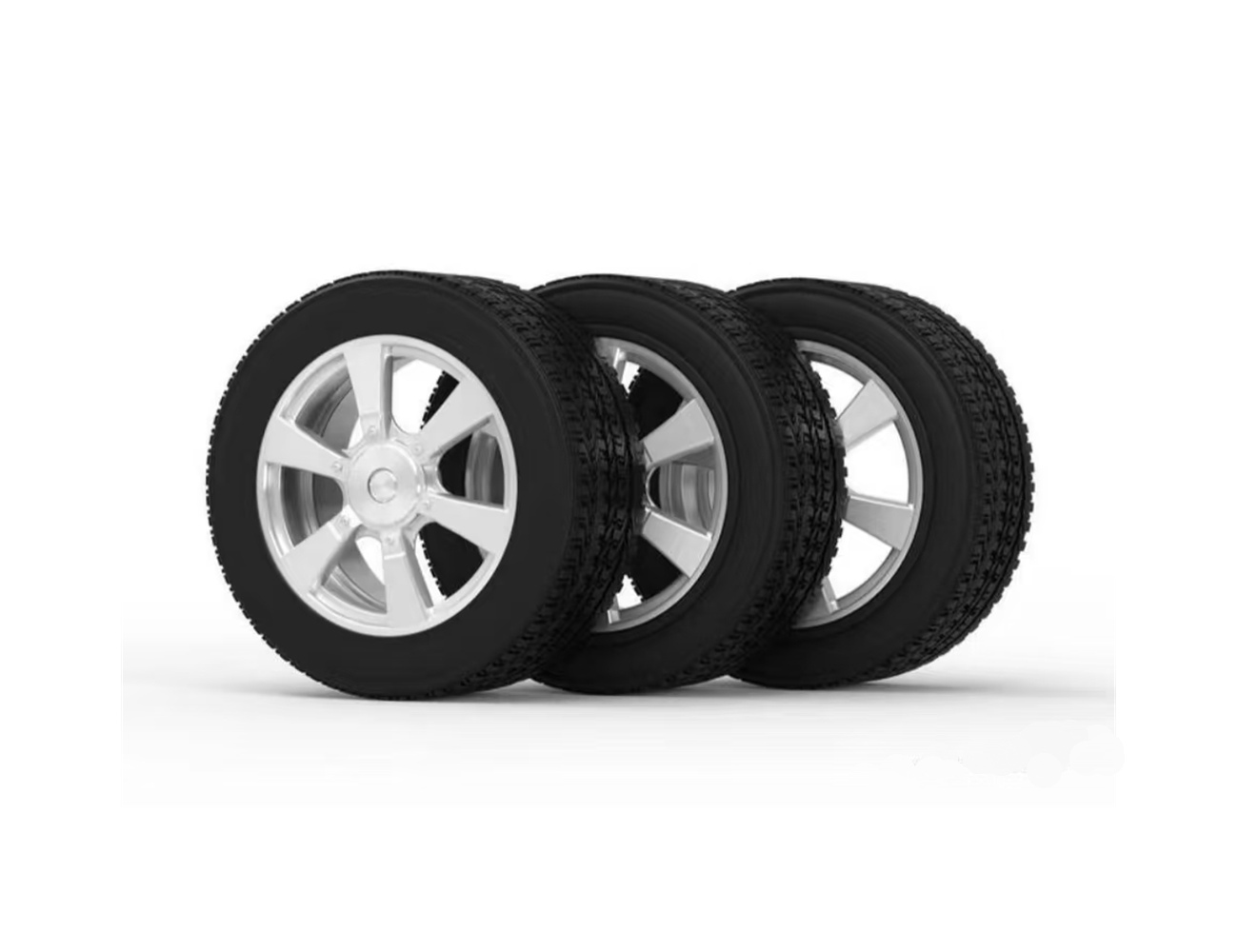
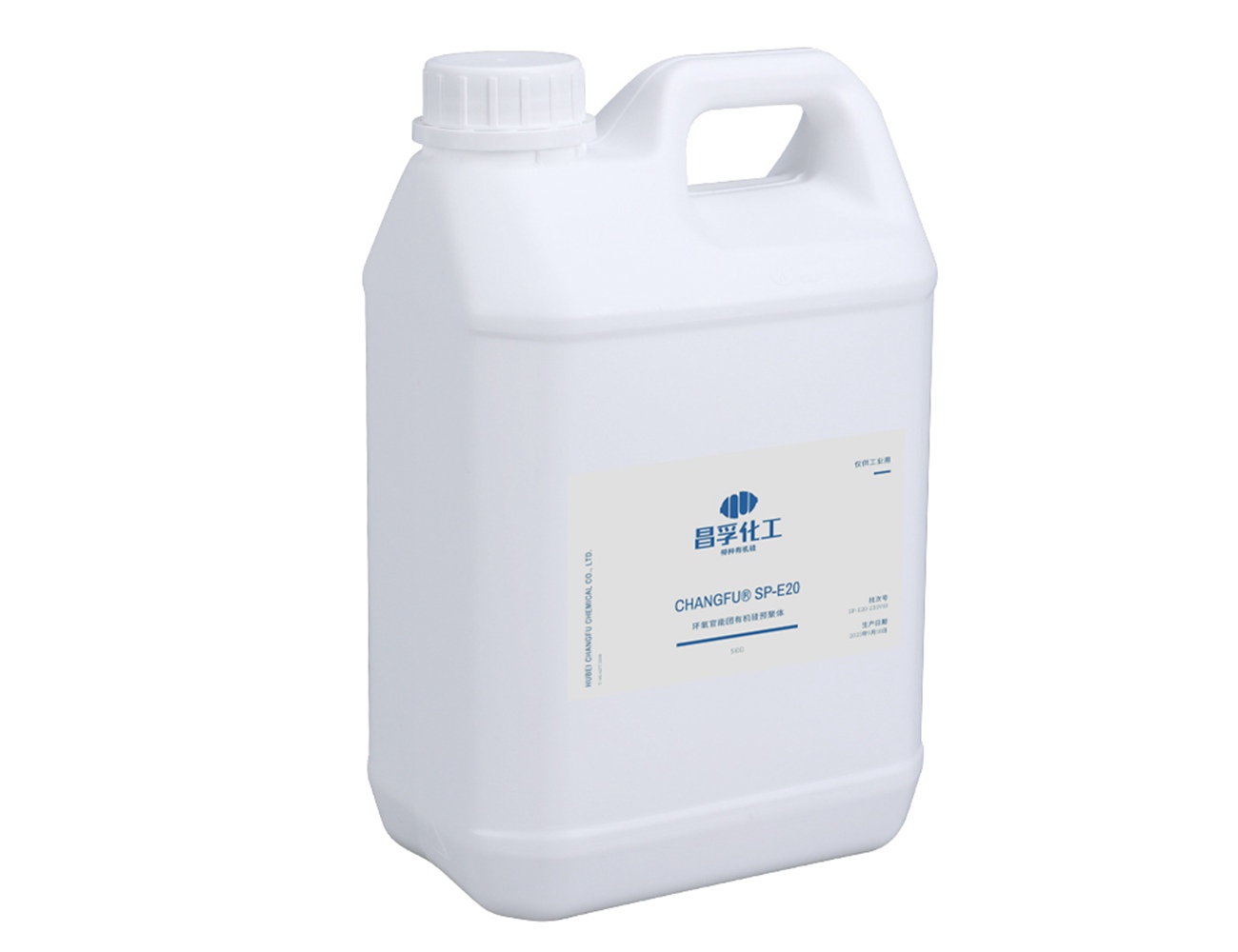
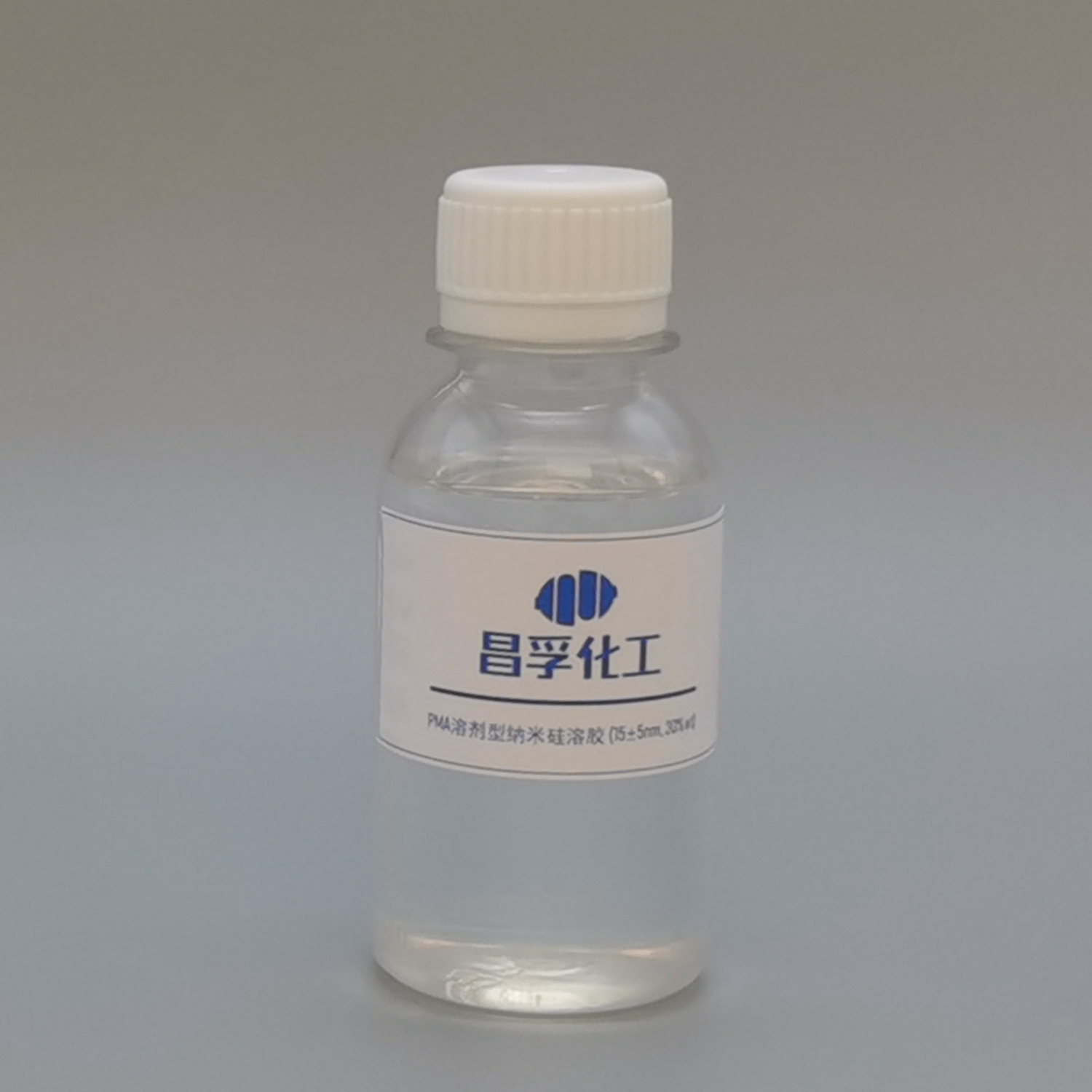
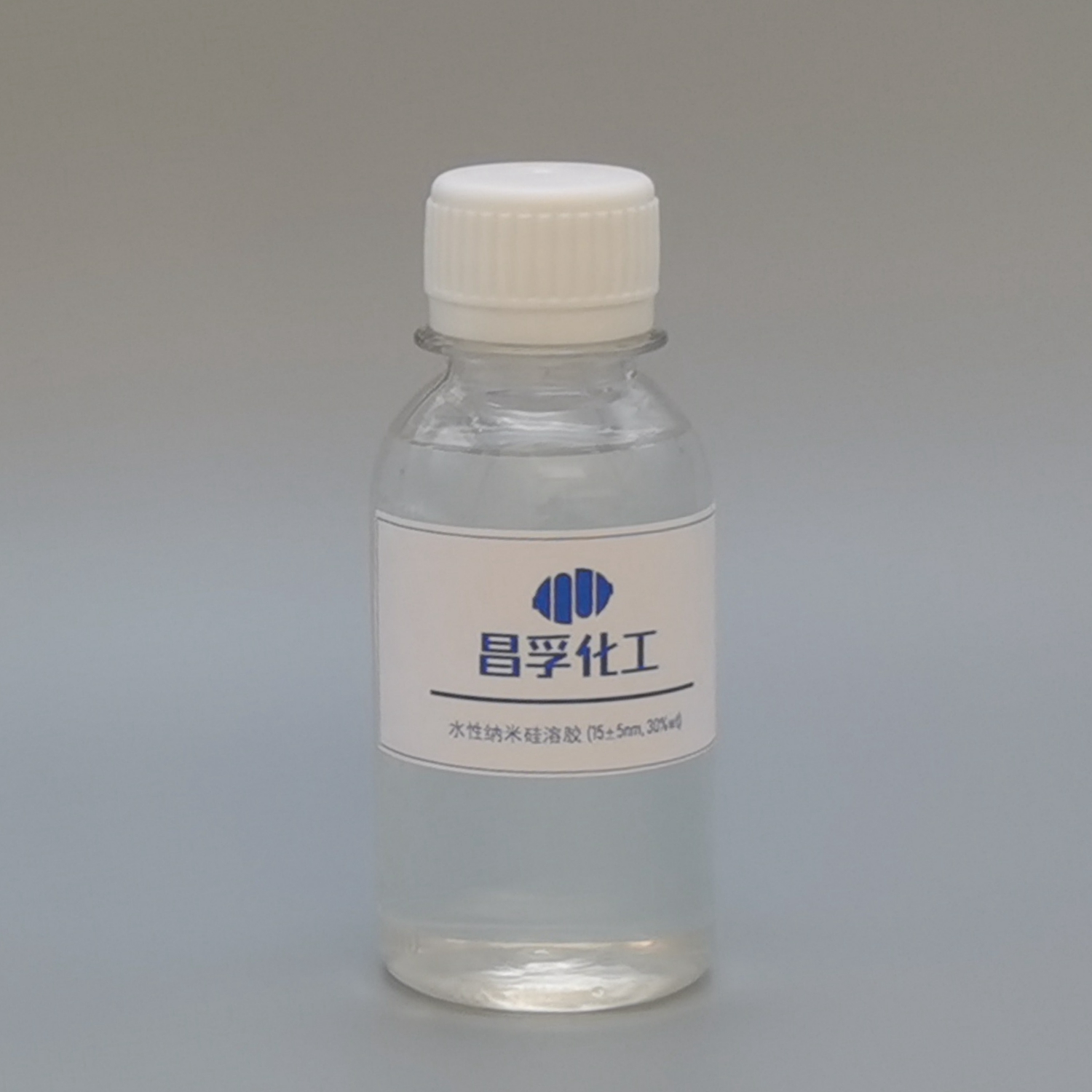

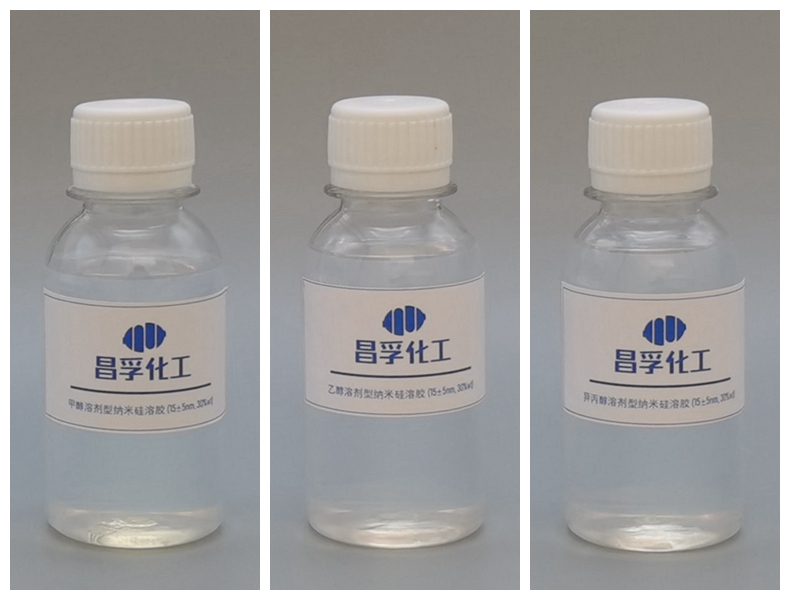
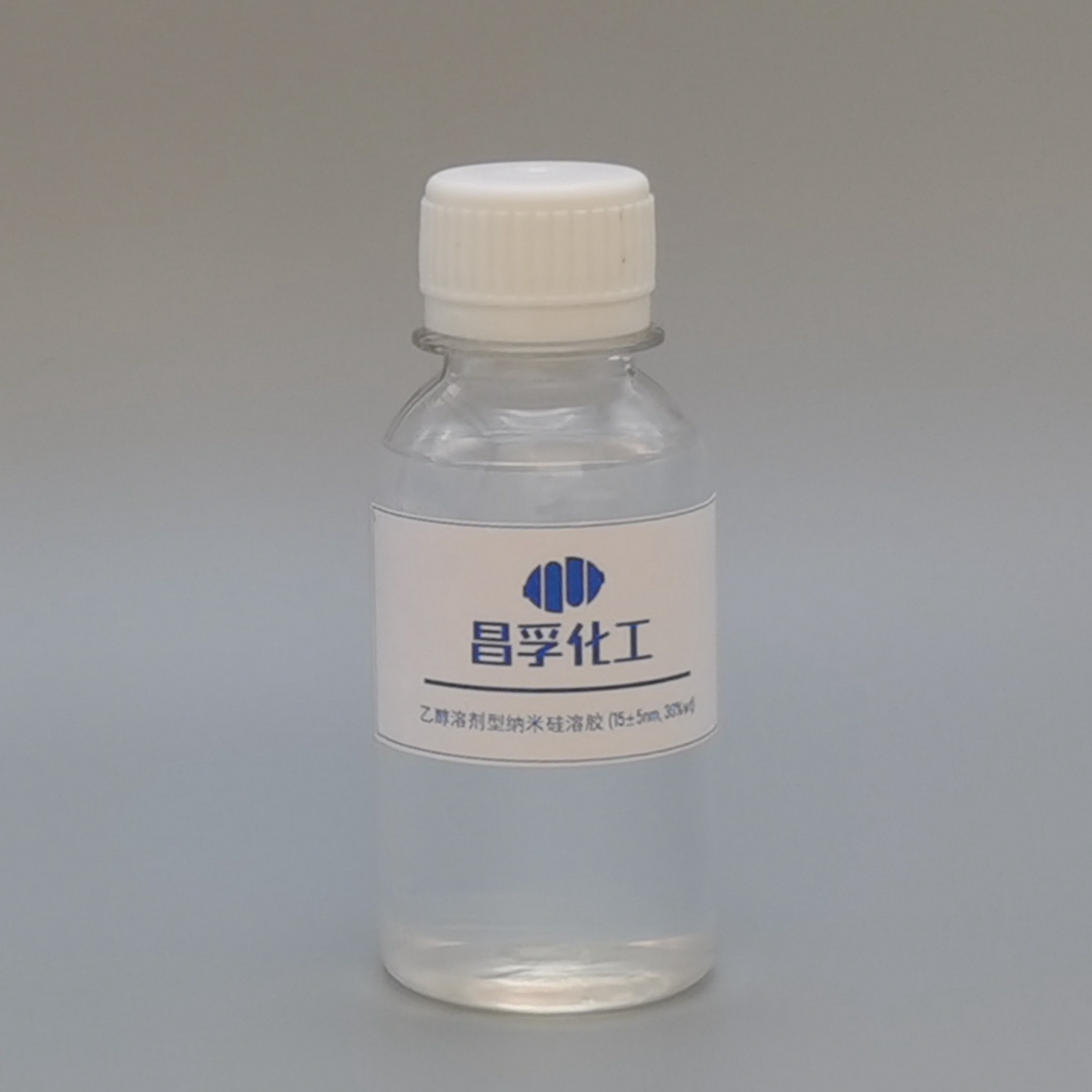
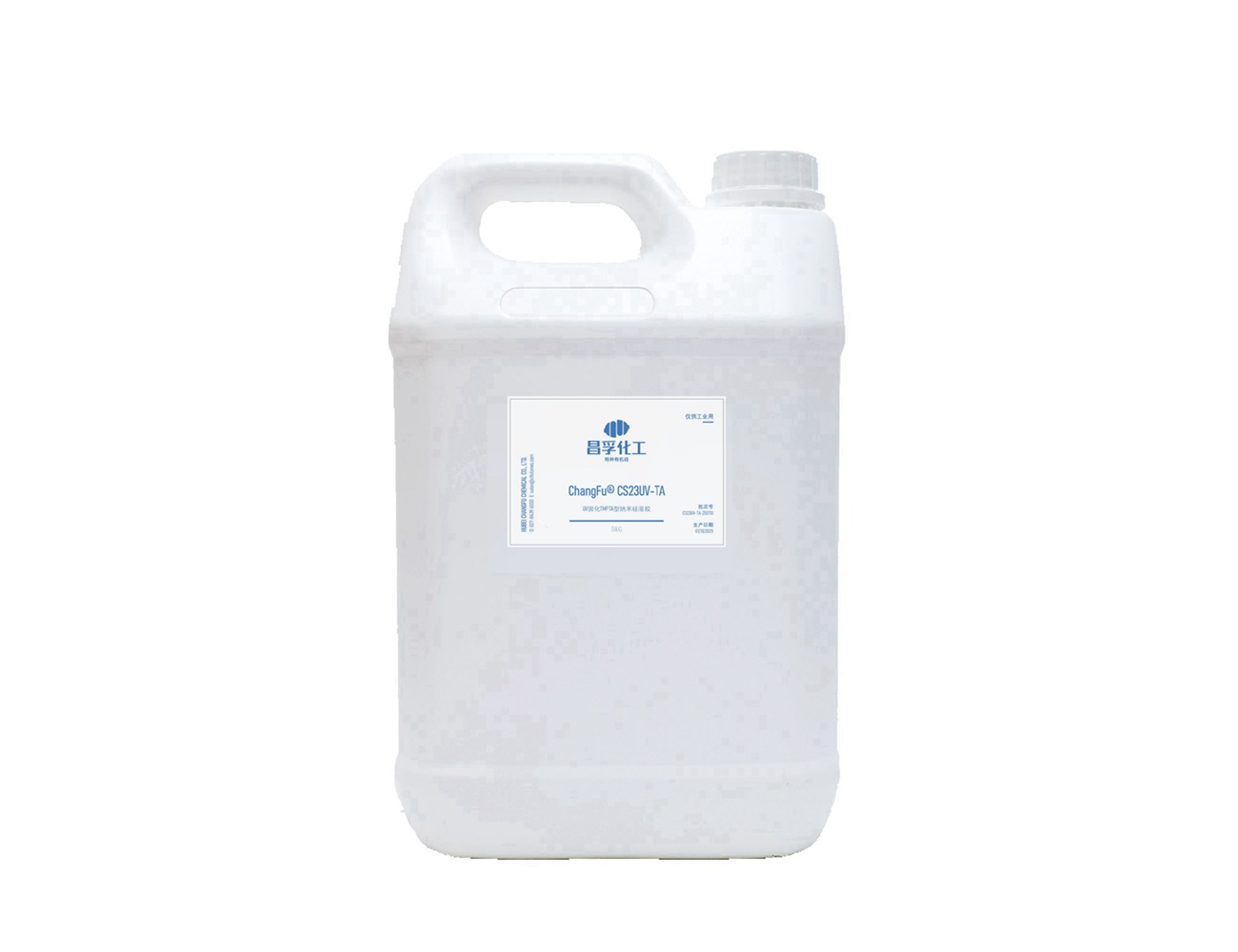
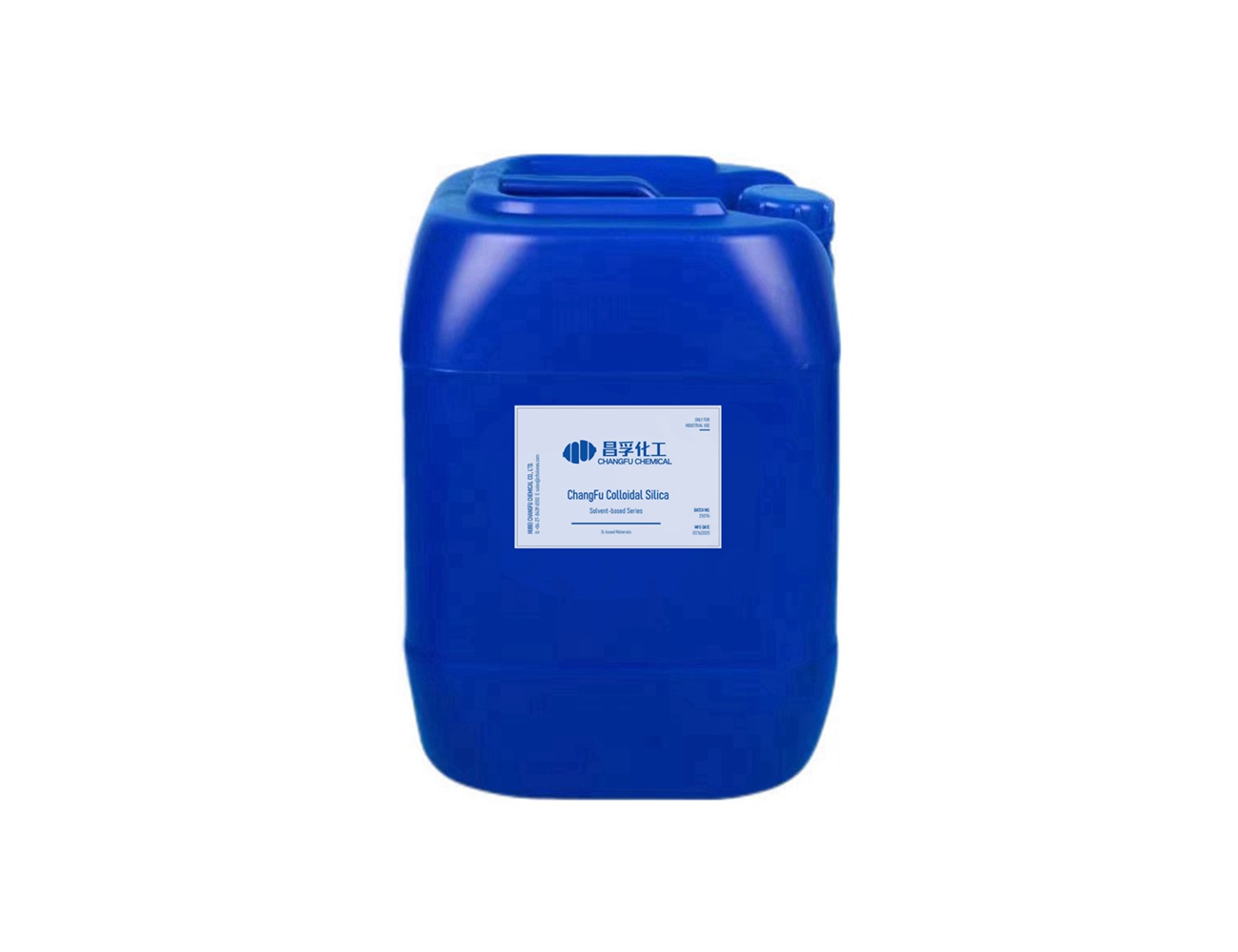


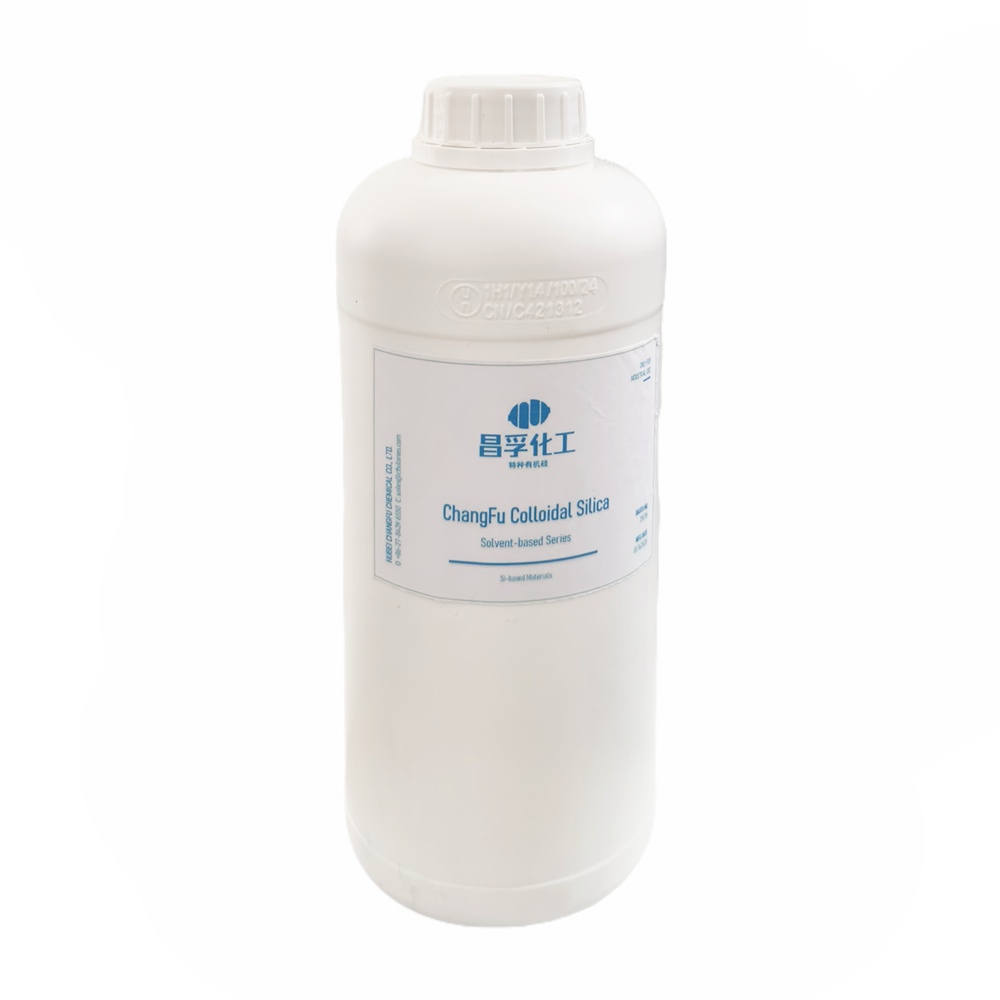


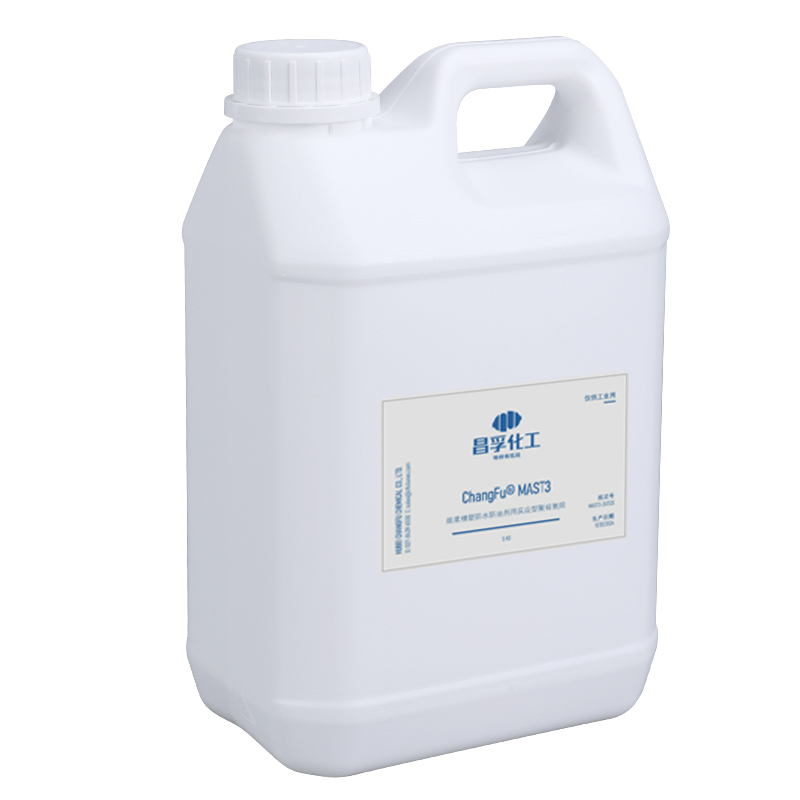












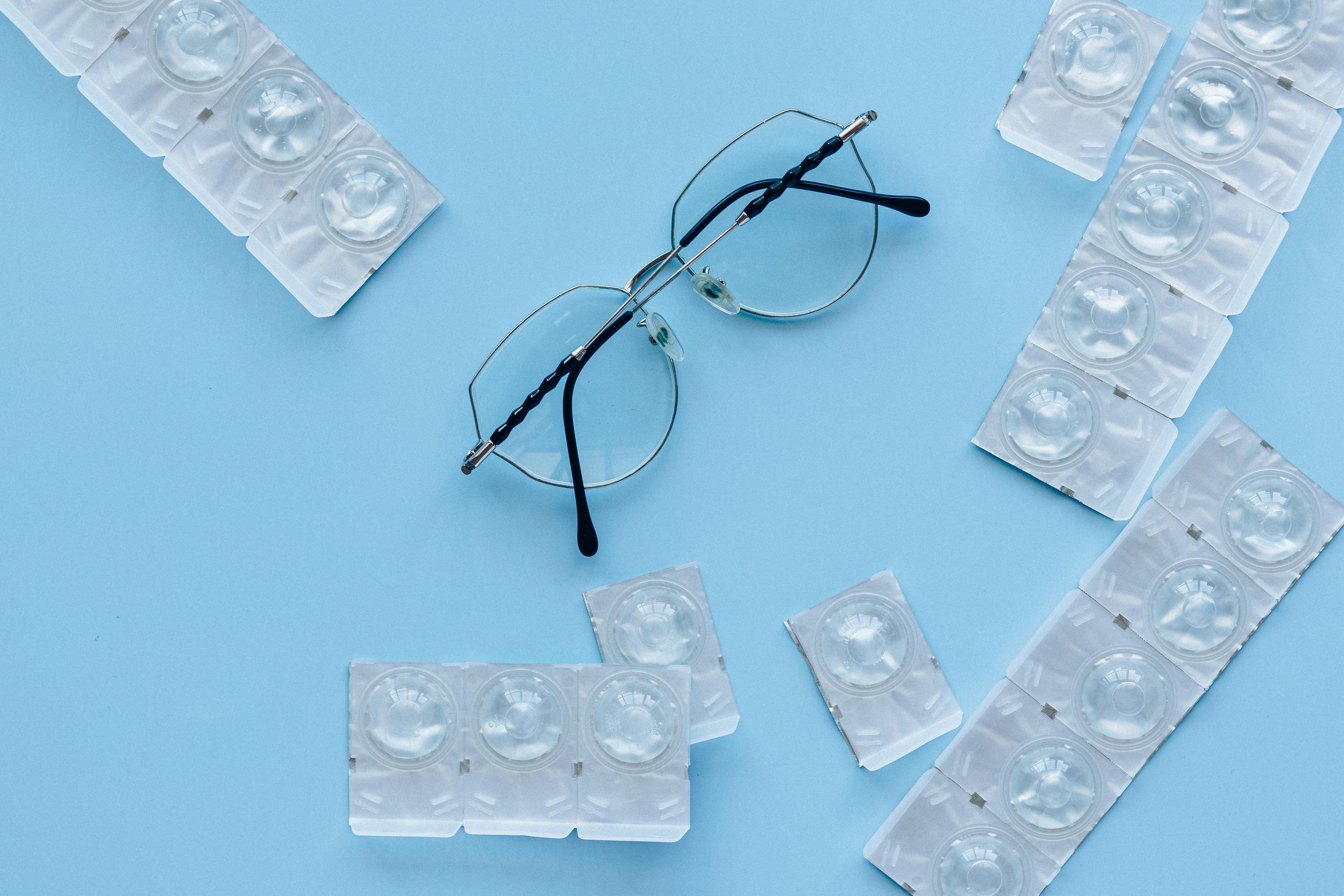
























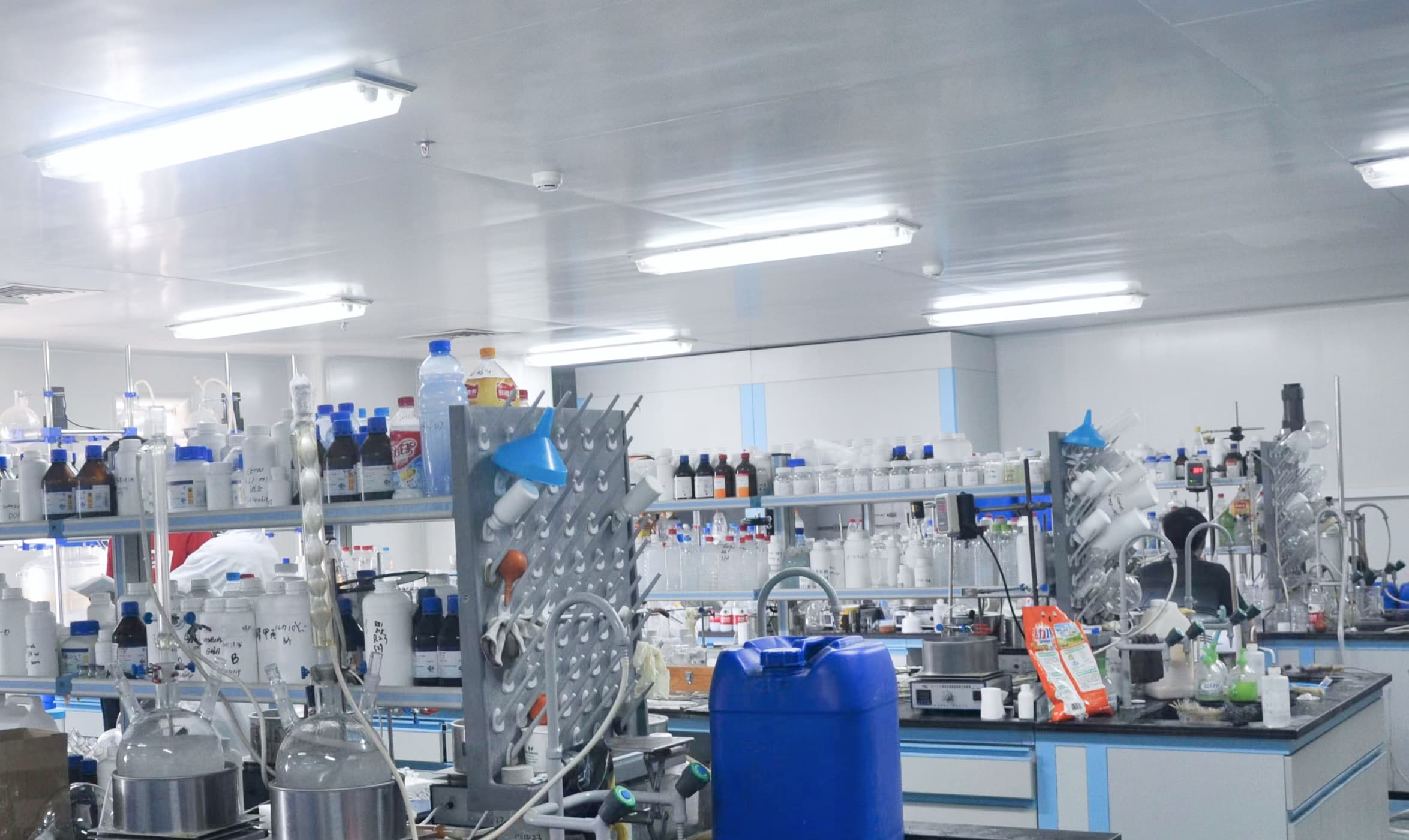

+86 27 8439 6550
+86 181 6277 0058
sales@cfsilanes.com
Optics Valley Bio-City
No. 666, Gaoxin Avenue
Hongshan District, Wuhan City

+86 27 8439 6550 | +86 181 6277 0058
sales@cfsilanes.com
Optics Valley Bio-City
No. 666, Gaoxin Avenue
Hongshan District, Wuhan City
Copyright © Hubei ChangFu Chemical Co., Ltd. All Rights




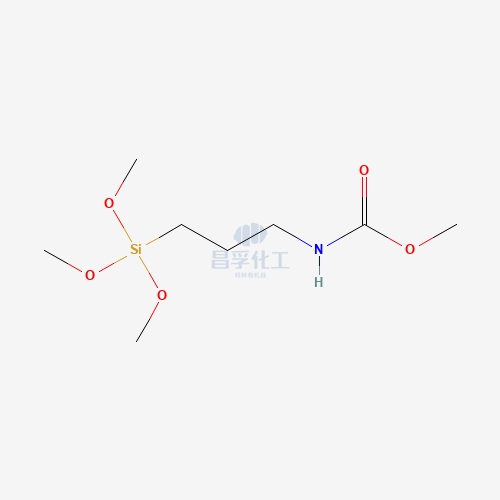
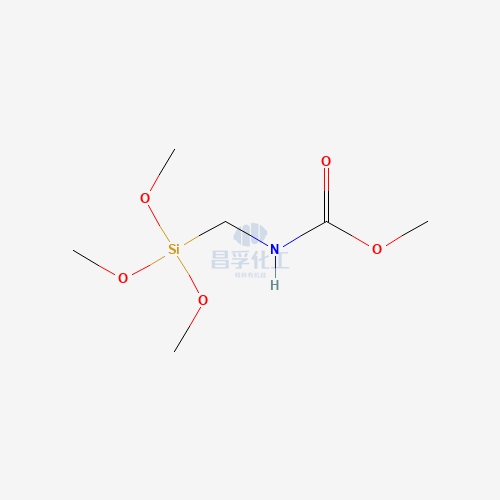
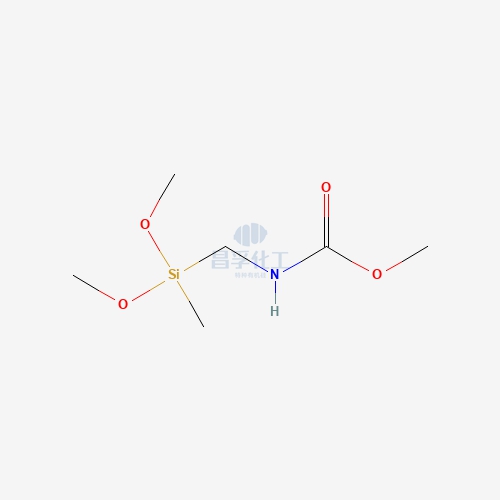
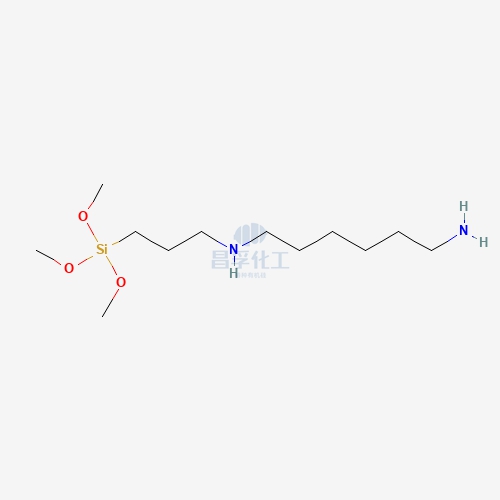
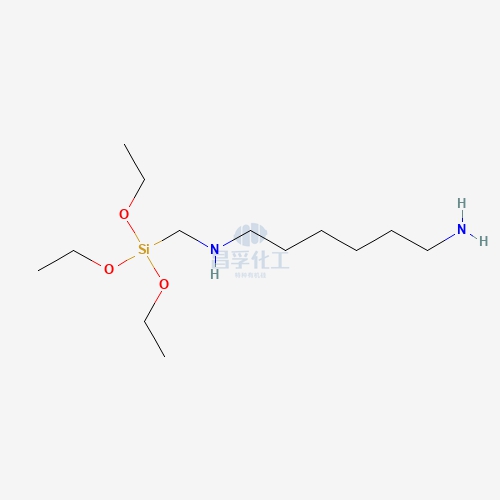
![N-[5-(Trimethoxysilylpropyl)-2-aza-1-oxopentyl]caprolactam CAS: 106996-32-1 106996 32 1 N-[5-(Trimethoxysilylpropyl)-2-aza-1-oxopentyl]caprolactam CAS: 106996-32-1 106996 32 1](https://cdn.yofishseo.com/1363882761272232/106996-32-1.jpg)
